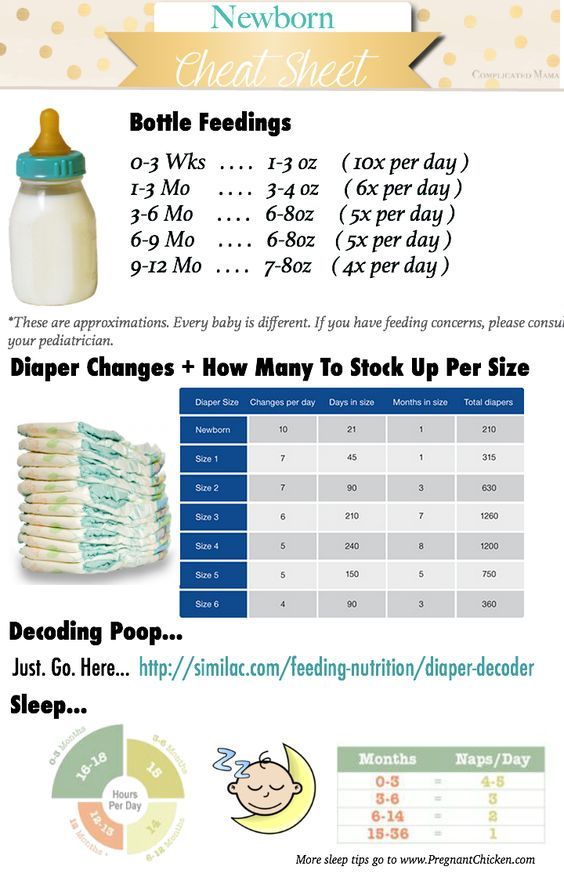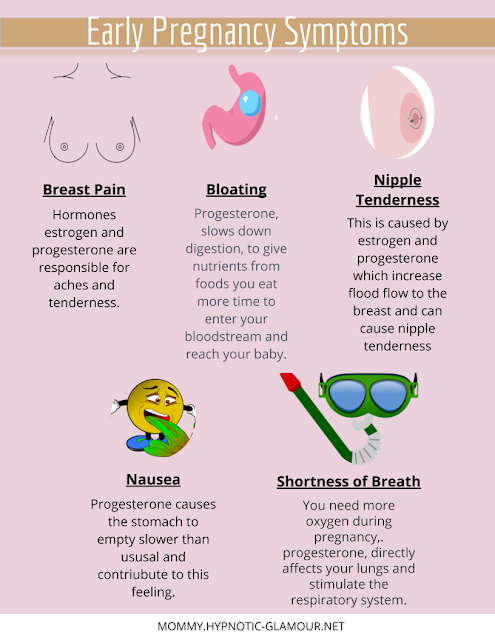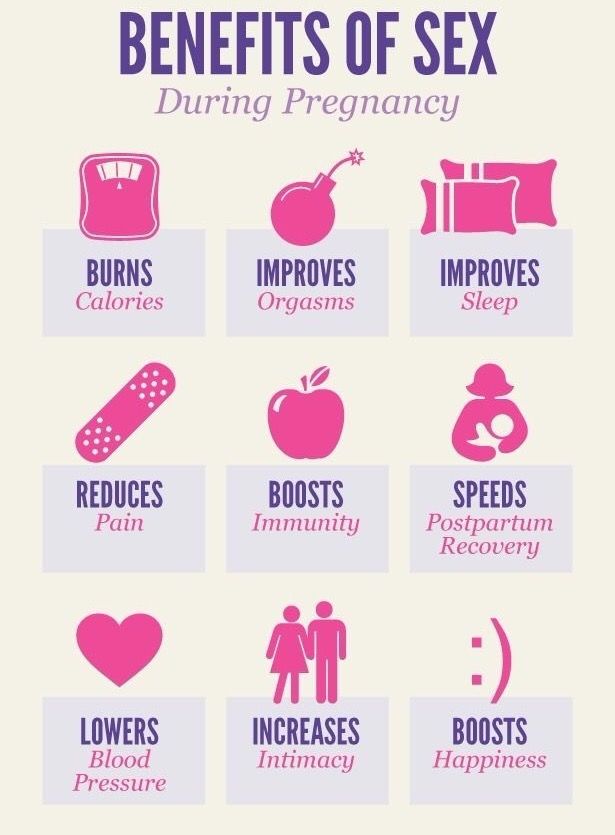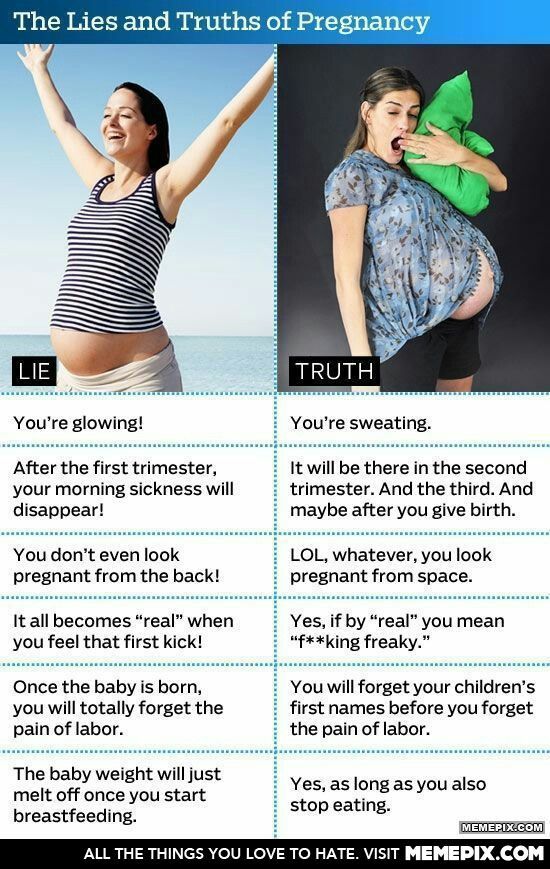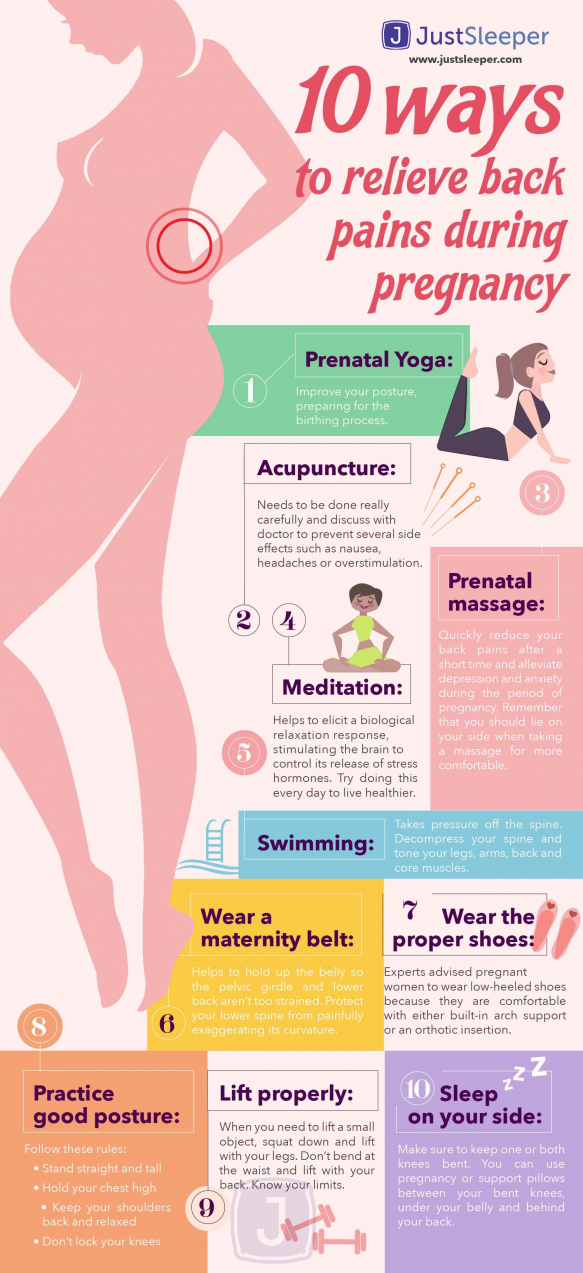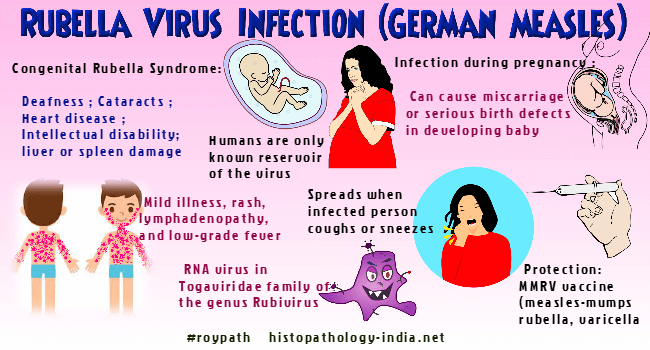Formula infant poop
What's Normal and What's Not
If there’s one universal parenting truth, it’s that you’re going to be talking about baby poop a lot. (Cue questions: How often should a newborn poop? How can you help baby poop? What does green baby poop mean? What exactly should normal baby poop look like?) And while it may not be a typical topic of conversation for the dinner table, it’s something you’ll find yourself thinking about all the time. Baby’s poop—the color, consistency and amount—can provide important clues into the health of your infant, says Wendy Sue Swanson, MD, a pediatrician and chief medical officer at SpoonfulOne.
Another reason why it’s a perpetual theme throughout the diaper years? Because baby’s poop habits change all the time. In fact, when it comes to baby poop, there’s a whole spectrum of what’s considered the norm. There are a lot of factors that can contribute to color, consistency and frequency. What’s normal for a breastfed baby (i.e. mustard-like poop) may not be normal for a formula-fed baby (soft and yellow, green or brown-ish). A little one that’s eating solid foods will also have a baby poop that’s very different from an infant that’s still exclusively breastfeeding or formula-feeding. Suffice to say, baby’s poop will evolve and so will your idea of “normal.”
So what is considered normal baby poop—and when should you be concerned? We’ll help you sort it all out with our comprehensive baby poop guide. Here’s what to expect from that first diaper change, all the way up through potty training.
In this article:
Baby’s First Poop
How Often Should a Newborn Poop
Baby Poop Color: Green Baby Poop
Baby Not Pooping: How to Help Baby Poop
Types of Baby Poop When to See the Doctor
Baby’s First Poop
Unlike many of your child’s milestones, you likely won’t take a picture of baby’s first poop—but it’s an important one. Usually sticky and darkish green-black in color, baby’s first poop is called meconium and is made up of everything baby ingested in utero, including amniotic fluid, skin cells and water. But within the first few days of life, your newborn’s poop should progressively get more watery and lighter in color. If it doesn’t, or if baby isn’t consistently pooping in the first few days of life, it could be a sign that they’re not getting proper nutrition and need a follow-up visit with the pediatrician, Swanson says.
But within the first few days of life, your newborn’s poop should progressively get more watery and lighter in color. If it doesn’t, or if baby isn’t consistently pooping in the first few days of life, it could be a sign that they’re not getting proper nutrition and need a follow-up visit with the pediatrician, Swanson says.
How Often Should a Newborn Poop?
In the first four to six weeks of life, regardless of whether your infant is breastfed or formula-fed, you should expect your newborn to poop after nearly every feeding, Swanson says. And depending on whether you’re breastfeeding, formula feeding or combination feeding, the stools will likely look different. Breastfed baby poop is often yellow, seedy and runny, while a formula-fed baby’s poop may be darker and thicker.
After six weeks, as baby’s digestive tract develops, their poop habits may change. How often should a newborn poop? It depends. While one to three times or more a day is a benchmark, it’s common for breastfed babies to not poop as frequently as formula-fed babies.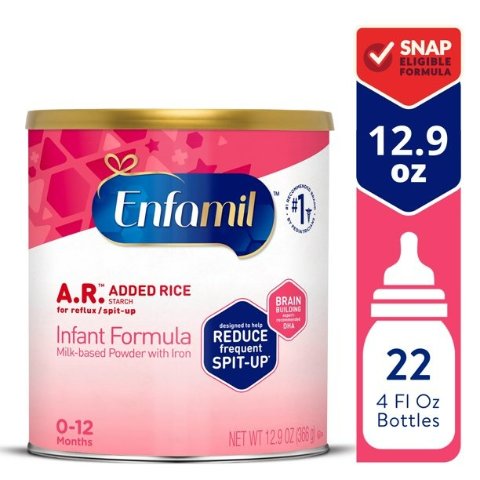
How often should a breastfed baby poop?
Is your breastfed baby not pooping? Don’t panic. Because breast milk is digested differently than formula, it’s not unusual for a breastfed baby to pee regularly (creating six to eight wet diapers a day) but not poop for several days. “It’s common for a breastfed baby to go two or three days without pooping, and it’s possible for them to go up to seven days,” Swanson says. If your breastfed baby isn’t pooping, it’s more important to watch their demeanor than their diapers. If they seem content and their belly is soft, they’re likely fine. But if their belly feels rigid or baby seems uncomfortable, it could be a sign they’re constipated, Swanson adds.
How often should a formula-fed baby poop?
Formula-fed babies tend to have poop that’s a bit darker and firmer than breastfed baby poop. Their poop may be the consistency of hummus and color can range from yellow to greenish-brown or tan. Formula-fed babies will likely poop at least once a day; if they don’t poop for two or more days, it could signal constipation.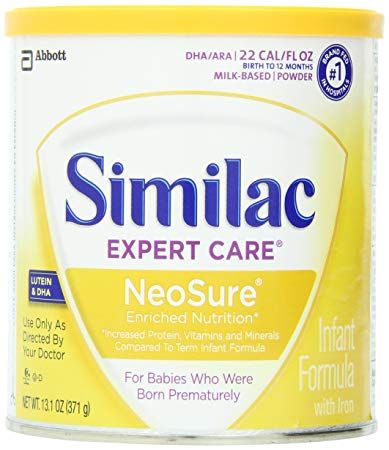 Equally important is the consistency of baby’s poop. “Log or pellet-like shapes could indicate constipation,” Swanson says. It’s important to address this with your pediatrician, since constipation could mean an allergy or be a sign that it’s time to try another brand of baby formula.
Equally important is the consistency of baby’s poop. “Log or pellet-like shapes could indicate constipation,” Swanson says. It’s important to address this with your pediatrician, since constipation could mean an allergy or be a sign that it’s time to try another brand of baby formula.
Baby Poop Color: What Does It Mean?
When it comes to assessing potential health issues, a pediatrician often checks baby’s poop color. Before you panic, remember that what goes in must come out—especially for babies who are beginning to eat table food. In other words, if baby has beets for lunch, you’re probably going to see red in a few hours. Still, pediatricians agree it’s smart to keep tabs on the colors you see. If you do spot something unusual, bag up the diaper and bring it along to your appointment—it can help a doctor make an assessment. From green baby poop to red, orange, black and beyond, here’s what each baby poop color could mean:
Image: Lindsey Balbierz
Green baby poop
With formula-fed infants, it’s normal for baby poop to be a greenish-tan color.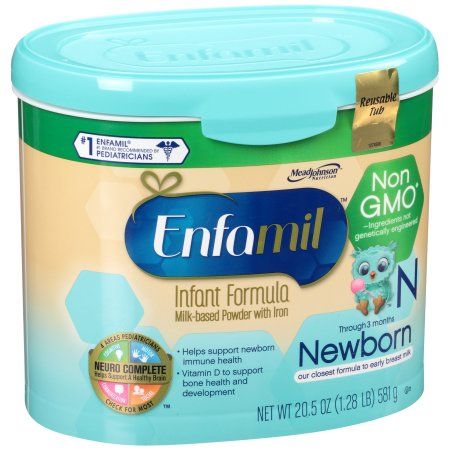 Sometimes the iron in baby formula can cause dark green baby poop and isn’t a reason for concern. Green baby poop can also signal teething or that baby is getting over a stomach bug. If baby has green poop and is also fussy at feedings or seems gassy and uncomfortable, it could be a sign they have a cow’s milk allergy and are reacting to the formula, Swanson says, which means you should consult your doctor about other options. For a breastfed baby, green baby poop might signal something else. “Bright green baby poop in a breastfed infant, especially if it’s frothy, may mean they’re getting too much foremilk and not enough of the fattier hindmilk,” Swanson says. Try keeping baby on one breast per feeding or hand express a bit of milk before letting them latch and see if this solves the problem.
Sometimes the iron in baby formula can cause dark green baby poop and isn’t a reason for concern. Green baby poop can also signal teething or that baby is getting over a stomach bug. If baby has green poop and is also fussy at feedings or seems gassy and uncomfortable, it could be a sign they have a cow’s milk allergy and are reacting to the formula, Swanson says, which means you should consult your doctor about other options. For a breastfed baby, green baby poop might signal something else. “Bright green baby poop in a breastfed infant, especially if it’s frothy, may mean they’re getting too much foremilk and not enough of the fattier hindmilk,” Swanson says. Try keeping baby on one breast per feeding or hand express a bit of milk before letting them latch and see if this solves the problem.
White baby poop
If baby is still being breastfed or formula-fed, chalky, whitish or gray baby poop definitely warrants a call to the pediatrician, since it can be a sign the liver isn’t functioning the way it should be.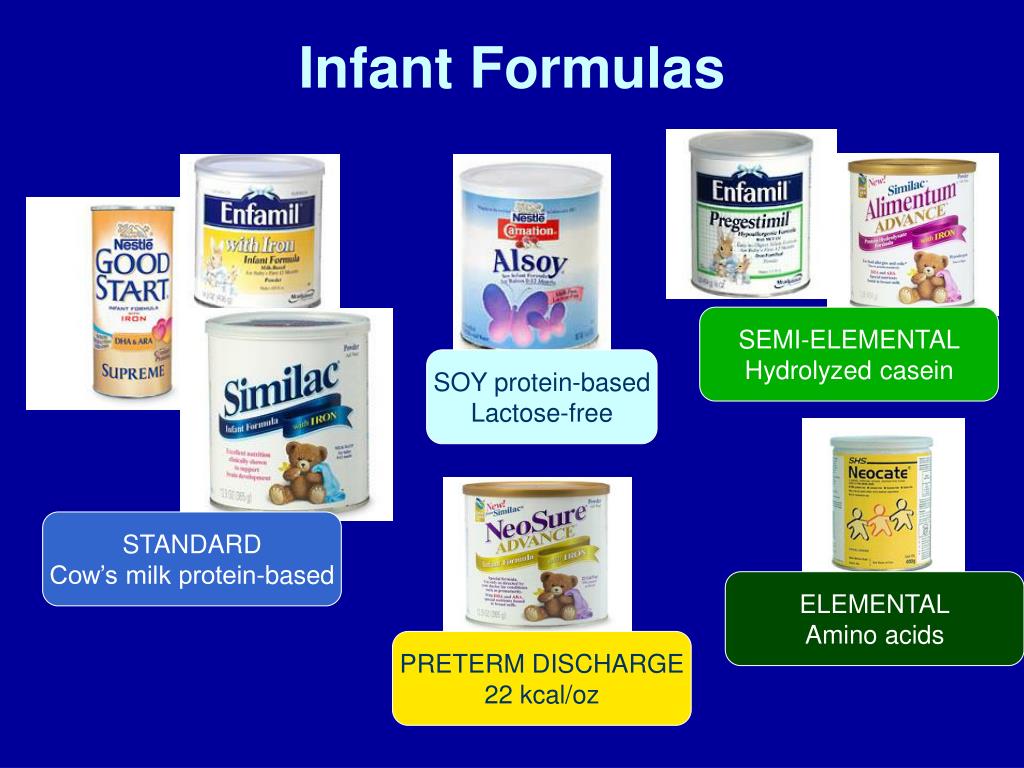
Orange baby poop
Many of baby’s first solid foods can result in orange-colored baby poop (think: carrots and sweet potatoes). A breastfed baby may also have orange-ish tinted stool if Mom has been on medication or been eating artificially colored foods, since the dyes may make their way into breast milk. Orange poop generally doesn’t indicate a problem, but if you’re worried, call your pediatrician, Swanson says.
Red baby poop
Flecks of red are no big deal. If you’re breastfeeding, there might be tiny amounts of blood baby swallowed from cracks in your nipple. Red flecks might also appear if baby is constipated and straining too hard to poop. If you’re just starting baby on table foods, you may have to play diet detective to suss out any food culprits. Stools that look genuinely bloody or are bright red may indicate an infection, allergy, GI injury or other medical concern and should be addressed immediately.
Black baby poop
If a newborn’s poop is still looking black by day three, it may be a sign they’re not getting adequate nutrition or digesting milk the way they should.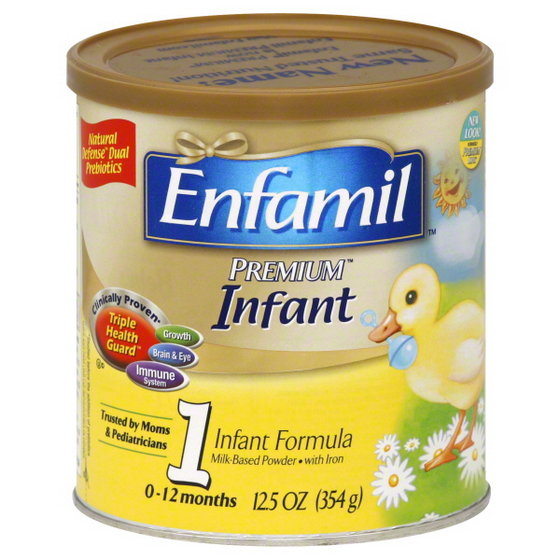 If you see black poop when baby’s a bit older, it could be caused by iron in their diet, which is no big deal. If baby isn’t taking an iron supplement and the poop looks black, it could be a sign of GI tract bleeding and should be seen by a doctor. “But it’s not red!” you say? Blood actually turns from red to black as it travels through baby’s intestines, according to Madhavi Kapoor, MD, clinical assistant professor in the department of pediatrics at NYU Langone Medical Center.
If you see black poop when baby’s a bit older, it could be caused by iron in their diet, which is no big deal. If baby isn’t taking an iron supplement and the poop looks black, it could be a sign of GI tract bleeding and should be seen by a doctor. “But it’s not red!” you say? Blood actually turns from red to black as it travels through baby’s intestines, according to Madhavi Kapoor, MD, clinical assistant professor in the department of pediatrics at NYU Langone Medical Center.
Yellow baby poop
Mustard yellow is a normal baby poop color for both breastfed and formula-fed infants. If baby’s stool is bright yellow, the color change could be a result of medications or food eaten by Mom.
Gray baby poop
If baby is eating solids, poop may be gray depending on what your child ate, Swanson says. If baby hasn’t yet started table food, then it’s important to assess, as it could indicate a liver or gallbladder problem.
How to Help Baby Poop
Before having a baby, you probably never imagined you’d wish for a dirty diaper. But a poop can provide sweet relief for an uncomfortable baby and a worried parent. There are a few common reasons why baby is not pooping: Dehydration, eating starchy foods like bananas, a time shift due to traveling or occasionally an allergy or intolerance. In older babies, especially those on the cusp of potty training, withholding poop can be psychological—they may be afraid of the potty or upset over an external issue, like a caregiver change or thrown-off schedule.
But a poop can provide sweet relief for an uncomfortable baby and a worried parent. There are a few common reasons why baby is not pooping: Dehydration, eating starchy foods like bananas, a time shift due to traveling or occasionally an allergy or intolerance. In older babies, especially those on the cusp of potty training, withholding poop can be psychological—they may be afraid of the potty or upset over an external issue, like a caregiver change or thrown-off schedule.
Luckily, many at-home remedies to help baby poop are simple, effective and recommended by pediatricians—but it’s best to use them only occasionally. “I warn parents not to become dependent on a ‘trick’ to make a baby poop,” Swanson says. “If it’s a persistent problem, it’s something I like to see in the office.”
Here are some ideas on how to get a newborn to poop, as well as what to do when an older baby is not pooping .
• Bicycle legs. Peddling an infant’s legs to and from their chest, as if they’re riding a bicycle, can be a gentle way to stimulate your child’s digestive system, Swanson says. Older babies generally don’t need this trick, since crawling, climbing and pulling up to stand help keep things moving.
Older babies generally don’t need this trick, since crawling, climbing and pulling up to stand help keep things moving.
• Warm bath. The warmth and stimulation of the water can relax muscles and help baby poop.
• Rectal stimulation. For occasional use only, Swanson suggests gentle rectal stimulation by gently inserting a rectal thermometer or using a gas-relieving product, such as Fridababy’s Windi ($13, Fridababy.com). However, Swanson cautions this shouldn’t become your go-to trick. “If used too often, the baby may become reliant on rectal stimulation to poop.”
• Water or juice. Constipation can be a sign of dehydration. If baby has started eating solids, offering a few ounces of water or pear juice may help move things along. Constipation may also be a sign baby needs to nurse more or be offered a bottle more regularly. If you’re at all concerned, talk to your pediatrician.
• Glycerin suppositories. Another occasional-use tool, Swanson says glycerin suppositories can be helpful for constipation.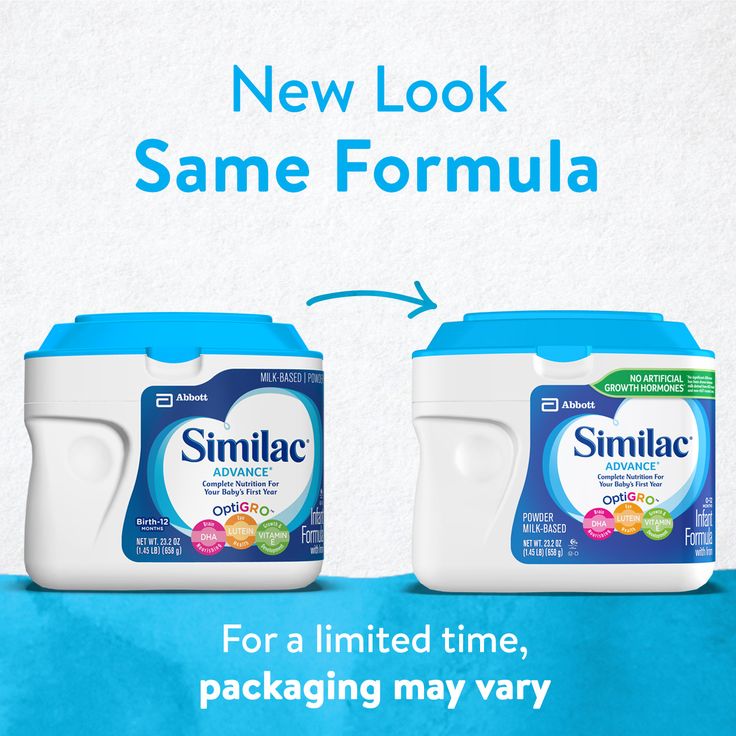 Ask your doctor first, especially if baby is younger than a year.
Ask your doctor first, especially if baby is younger than a year.
• The four P’s: Prunes, plums, peaches and pears. These four fruits are a great natural way to help baby poop. If baby has started solids, add a serving or two into your child’s daily diet to keep things moving.
• Veggies. The high-fiber content in vegetables makes them all-stars when it comes to dealing with constipation.
• Whole grains. When planning baby’s meals, try incorporating some whole grains: Brown rice, whole-wheat pasta and multigrain cereals or bread maximize bran intake, which can help soften stool and make it easier for baby to poop.
Is it normal for baby to grunt?
If you hear baby making grunting noises, don’t fret. They’re just learning how to have a bowel movement. Infants let out moans and groans as they go; their abdominal muscles aren’t very strong yet, so pooping requires more effort and energy and engages the diaphragm, resulting in some sound effects. It’s not uncommon to see babies straining or making faces while they’re at it too. This is completely normal, and doesn’t necessarily indicate a problem like constipation.
It’s not uncommon to see babies straining or making faces while they’re at it too. This is completely normal, and doesn’t necessarily indicate a problem like constipation.
Types of Baby Poop
While it’s normal to get a teeny bit less obsessive over every single diaper change as baby grows, it’s still important to keep an eye out for potential problems and warning signs. While some odd consistencies may have a simple explanation (hello, raisins!), others may need to be discussed with your doctor. Here are some types of baby poop to watch out for:
Diarrhea
In infancy, loose stools can be a sign of an allergy, either to the milk proteins in formula or, if you’re breastfeeding, to something you ate. As baby gets older, watery stools may be a sign of teething (baby is swallowing more saliva, leading to runnier poop), but could also be a sign of a stomach bug. In that case, keeping your child hydrated with plenty of water or milk is essential. If the diarrhea is accompanied by a fever of 100.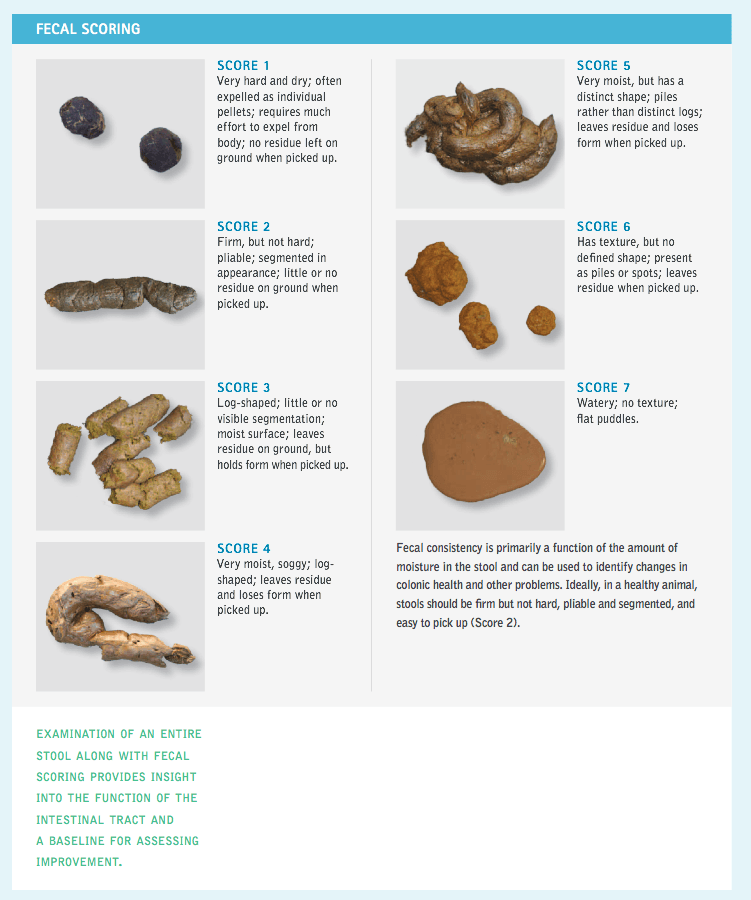 4 or higher, or baby is younger than 3 months old, it’s a good idea to call your pediatrician, Kapoor says.
4 or higher, or baby is younger than 3 months old, it’s a good idea to call your pediatrician, Kapoor says.
Blood in baby stool
While a few flecks can be normal, anything more than that should be brought to your pediatrician’s attention. “Blood in the stool could be caused by constipation, infection, injury or allergy, so going to the doctor is essential,” Kapoor says.
Mucus in baby stool
A common sign of teething or a cold, occasional mucus is no big deal. However, “if you notice it frequently or in large amounts, it could be a sign of a GI tract issue and should be discussed with your pediatrician,” Kapoor says.
Stringy baby poop
A cousin to mucus, stringy baby poop could be a sign of a cold or teething, or just the result of something baby has been eating. If it shows up frequently in baby’s diaper, it’s a good idea to call your pediatrician.
Foamy baby poop
“In a breastfed infant, foamy stool may be a sign that baby is getting too much foremilk,” Kapoor says. For an easy solve, try completing a feeding on just one breast. In a formula-fed baby, frothy baby poop could indicate an infection or allergy.
For an easy solve, try completing a feeding on just one breast. In a formula-fed baby, frothy baby poop could indicate an infection or allergy.
Pebble-like stool
This is a classic sign of constipation or withholding stool in older babies. Try some home constipation cures and go to the doctor if baby doesn’t poop within the next 24 hours.
Doctors agree that if you see anything unusual, spot a baby poop problem accompanied by a high fever or if baby is crying inconsolably, you should call the doctor, who can help guide you through possible causes and next steps. And don’t be shy about bagging the diaper for your doctor’s inspection. “We see it all the time, and we aren’t disgusted,” Kapoor says. “It can help us best figure out what the issue may be.”
When to See the Doctor
Yes, you can tell a lot about baby’s health by monitoring the color and consistency of their poop. But if you notice any of the following, you should consult your doctor for advice:
- Breastfeed baby hasn’t pooped in over three days
- Formula-fed baby hasn’t pooped in over five days
- Baby poop is thick, hard or or pebbly
- Baby poop is red or black
- Baby poop is white, gray or clay-colored
In the coming days, weeks and months, you’ll likely take up a mission to analyze the contents of your infant’s diaper; checking for normal baby poop is par for the course.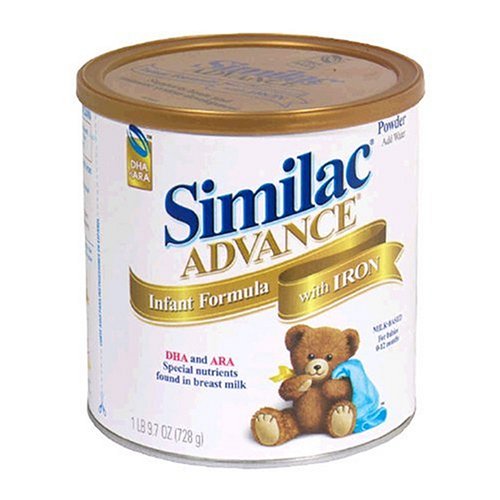 The truth is: Everybody poops—and you want to make sure your little one is happy and healthy! To that end, keep our baby poop guide bookmarked as a reference to help you navigate this sometimes sticky, but always interesting stage of parenthood!
The truth is: Everybody poops—and you want to make sure your little one is happy and healthy! To that end, keep our baby poop guide bookmarked as a reference to help you navigate this sometimes sticky, but always interesting stage of parenthood!
About the experts:
Madhavi Kapoor, MD, is a clinical assistant professor in the department of pediatrics at NYU Langone Medical Center. She received her medical degree from the University of Texas Southwestern Medical School in Dallas.
Wendy Sue Swanson, MD, is a pediatrician and chief medical officer at SpoonfulOne and BeforeBrands. Previously, the executive director of digital health for Seattle Children’s Hospital, she earned her medical degree from University of Pennsylvania School of Medicine in Philadelphia.
Please note: The Bump and the materials and information it contains are not intended to, and do not constitute, medical or other health advice or diagnosis and should not be used as such. You should always consult with a qualified physician or health professional about your specific circumstances.
You should always consult with a qualified physician or health professional about your specific circumstances.
Plus, more from The Bump:
What to Know About Using Gripe Water for Colic and Tummy Troubles
Why Babies Get Hiccups (and How to Get Rid of Them)
How to Identify and Relieve Baby Constipation
What's Normal and What's Not
If there’s one universal parenting truth, it’s that you’re going to be talking about baby poop a lot. (Cue questions: How often should a newborn poop? How can you help baby poop? What does green baby poop mean? What exactly should normal baby poop look like?) And while it may not be a typical topic of conversation for the dinner table, it’s something you’ll find yourself thinking about all the time. Baby’s poop—the color, consistency and amount—can provide important clues into the health of your infant, says Wendy Sue Swanson, MD, a pediatrician and chief medical officer at SpoonfulOne.
Another reason why it’s a perpetual theme throughout the diaper years? Because baby’s poop habits change all the time. In fact, when it comes to baby poop, there’s a whole spectrum of what’s considered the norm. There are a lot of factors that can contribute to color, consistency and frequency. What’s normal for a breastfed baby (i.e. mustard-like poop) may not be normal for a formula-fed baby (soft and yellow, green or brown-ish). A little one that’s eating solid foods will also have a baby poop that’s very different from an infant that’s still exclusively breastfeeding or formula-feeding. Suffice to say, baby’s poop will evolve and so will your idea of “normal.”
In fact, when it comes to baby poop, there’s a whole spectrum of what’s considered the norm. There are a lot of factors that can contribute to color, consistency and frequency. What’s normal for a breastfed baby (i.e. mustard-like poop) may not be normal for a formula-fed baby (soft and yellow, green or brown-ish). A little one that’s eating solid foods will also have a baby poop that’s very different from an infant that’s still exclusively breastfeeding or formula-feeding. Suffice to say, baby’s poop will evolve and so will your idea of “normal.”
So what is considered normal baby poop—and when should you be concerned? We’ll help you sort it all out with our comprehensive baby poop guide. Here’s what to expect from that first diaper change, all the way up through potty training.
In this article:
Baby’s First Poop
How Often Should a Newborn Poop
Baby Poop Color: Green Baby Poop
Baby Not Pooping: How to Help Baby Poop
Types of Baby Poop When to See the Doctor
Baby’s First Poop
Unlike many of your child’s milestones, you likely won’t take a picture of baby’s first poop—but it’s an important one. Usually sticky and darkish green-black in color, baby’s first poop is called meconium and is made up of everything baby ingested in utero, including amniotic fluid, skin cells and water. But within the first few days of life, your newborn’s poop should progressively get more watery and lighter in color. If it doesn’t, or if baby isn’t consistently pooping in the first few days of life, it could be a sign that they’re not getting proper nutrition and need a follow-up visit with the pediatrician, Swanson says.
Usually sticky and darkish green-black in color, baby’s first poop is called meconium and is made up of everything baby ingested in utero, including amniotic fluid, skin cells and water. But within the first few days of life, your newborn’s poop should progressively get more watery and lighter in color. If it doesn’t, or if baby isn’t consistently pooping in the first few days of life, it could be a sign that they’re not getting proper nutrition and need a follow-up visit with the pediatrician, Swanson says.
How Often Should a Newborn Poop?
In the first four to six weeks of life, regardless of whether your infant is breastfed or formula-fed, you should expect your newborn to poop after nearly every feeding, Swanson says. And depending on whether you’re breastfeeding, formula feeding or combination feeding, the stools will likely look different. Breastfed baby poop is often yellow, seedy and runny, while a formula-fed baby’s poop may be darker and thicker.
After six weeks, as baby’s digestive tract develops, their poop habits may change.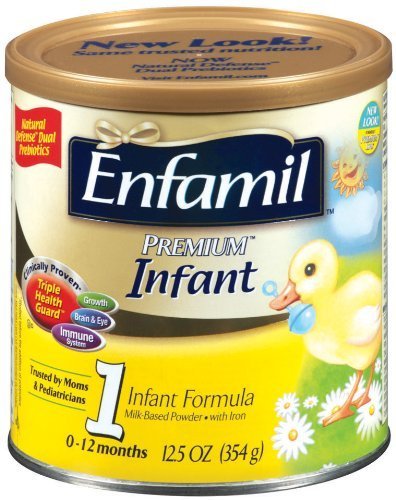 How often should a newborn poop? It depends. While one to three times or more a day is a benchmark, it’s common for breastfed babies to not poop as frequently as formula-fed babies.
How often should a newborn poop? It depends. While one to three times or more a day is a benchmark, it’s common for breastfed babies to not poop as frequently as formula-fed babies.
How often should a breastfed baby poop?
Is your breastfed baby not pooping? Don’t panic. Because breast milk is digested differently than formula, it’s not unusual for a breastfed baby to pee regularly (creating six to eight wet diapers a day) but not poop for several days. “It’s common for a breastfed baby to go two or three days without pooping, and it’s possible for them to go up to seven days,” Swanson says. If your breastfed baby isn’t pooping, it’s more important to watch their demeanor than their diapers. If they seem content and their belly is soft, they’re likely fine. But if their belly feels rigid or baby seems uncomfortable, it could be a sign they’re constipated, Swanson adds.
How often should a formula-fed baby poop?
Formula-fed babies tend to have poop that’s a bit darker and firmer than breastfed baby poop.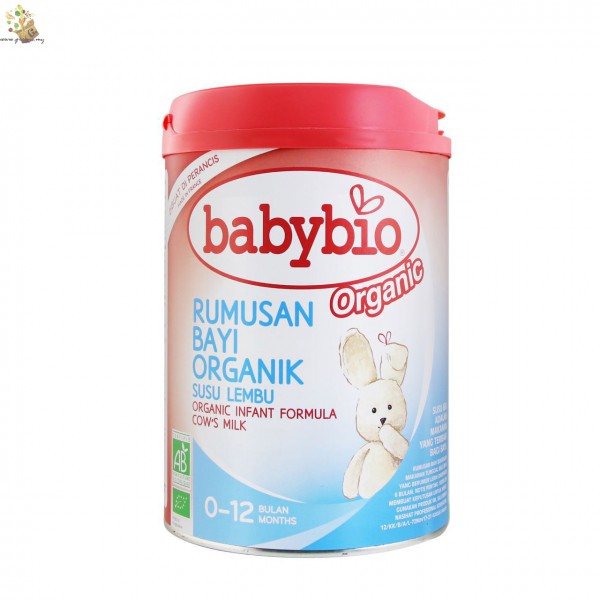 Their poop may be the consistency of hummus and color can range from yellow to greenish-brown or tan. Formula-fed babies will likely poop at least once a day; if they don’t poop for two or more days, it could signal constipation. Equally important is the consistency of baby’s poop. “Log or pellet-like shapes could indicate constipation,” Swanson says. It’s important to address this with your pediatrician, since constipation could mean an allergy or be a sign that it’s time to try another brand of baby formula.
Their poop may be the consistency of hummus and color can range from yellow to greenish-brown or tan. Formula-fed babies will likely poop at least once a day; if they don’t poop for two or more days, it could signal constipation. Equally important is the consistency of baby’s poop. “Log or pellet-like shapes could indicate constipation,” Swanson says. It’s important to address this with your pediatrician, since constipation could mean an allergy or be a sign that it’s time to try another brand of baby formula.
Baby Poop Color: What Does It Mean?
When it comes to assessing potential health issues, a pediatrician often checks baby’s poop color. Before you panic, remember that what goes in must come out—especially for babies who are beginning to eat table food. In other words, if baby has beets for lunch, you’re probably going to see red in a few hours. Still, pediatricians agree it’s smart to keep tabs on the colors you see. If you do spot something unusual, bag up the diaper and bring it along to your appointment—it can help a doctor make an assessment.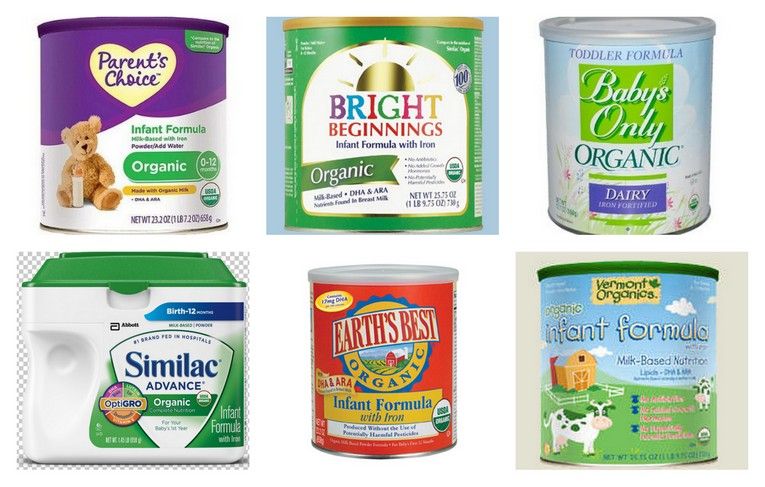 From green baby poop to red, orange, black and beyond, here’s what each baby poop color could mean:
From green baby poop to red, orange, black and beyond, here’s what each baby poop color could mean:
Image: Lindsey Balbierz
Green baby poop
With formula-fed infants, it’s normal for baby poop to be a greenish-tan color. Sometimes the iron in baby formula can cause dark green baby poop and isn’t a reason for concern. Green baby poop can also signal teething or that baby is getting over a stomach bug. If baby has green poop and is also fussy at feedings or seems gassy and uncomfortable, it could be a sign they have a cow’s milk allergy and are reacting to the formula, Swanson says, which means you should consult your doctor about other options. For a breastfed baby, green baby poop might signal something else. “Bright green baby poop in a breastfed infant, especially if it’s frothy, may mean they’re getting too much foremilk and not enough of the fattier hindmilk,” Swanson says. Try keeping baby on one breast per feeding or hand express a bit of milk before letting them latch and see if this solves the problem.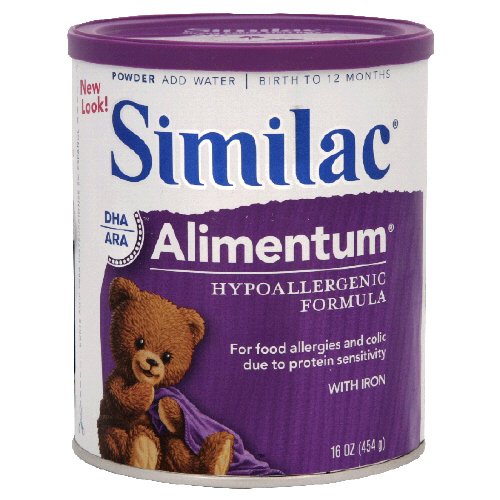
White baby poop
If baby is still being breastfed or formula-fed, chalky, whitish or gray baby poop definitely warrants a call to the pediatrician, since it can be a sign the liver isn’t functioning the way it should be.
Orange baby poop
Many of baby’s first solid foods can result in orange-colored baby poop (think: carrots and sweet potatoes). A breastfed baby may also have orange-ish tinted stool if Mom has been on medication or been eating artificially colored foods, since the dyes may make their way into breast milk. Orange poop generally doesn’t indicate a problem, but if you’re worried, call your pediatrician, Swanson says.
Red baby poop
Flecks of red are no big deal. If you’re breastfeeding, there might be tiny amounts of blood baby swallowed from cracks in your nipple. Red flecks might also appear if baby is constipated and straining too hard to poop. If you’re just starting baby on table foods, you may have to play diet detective to suss out any food culprits.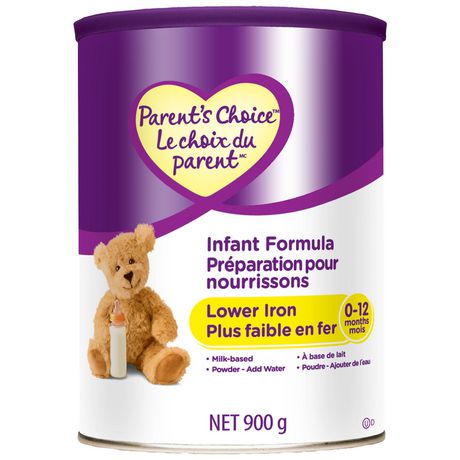 Stools that look genuinely bloody or are bright red may indicate an infection, allergy, GI injury or other medical concern and should be addressed immediately.
Stools that look genuinely bloody or are bright red may indicate an infection, allergy, GI injury or other medical concern and should be addressed immediately.
Black baby poop
If a newborn’s poop is still looking black by day three, it may be a sign they’re not getting adequate nutrition or digesting milk the way they should. If you see black poop when baby’s a bit older, it could be caused by iron in their diet, which is no big deal. If baby isn’t taking an iron supplement and the poop looks black, it could be a sign of GI tract bleeding and should be seen by a doctor. “But it’s not red!” you say? Blood actually turns from red to black as it travels through baby’s intestines, according to Madhavi Kapoor, MD, clinical assistant professor in the department of pediatrics at NYU Langone Medical Center.
Yellow baby poop
Mustard yellow is a normal baby poop color for both breastfed and formula-fed infants. If baby’s stool is bright yellow, the color change could be a result of medications or food eaten by Mom.
Gray baby poop
If baby is eating solids, poop may be gray depending on what your child ate, Swanson says. If baby hasn’t yet started table food, then it’s important to assess, as it could indicate a liver or gallbladder problem.
How to Help Baby Poop
Before having a baby, you probably never imagined you’d wish for a dirty diaper. But a poop can provide sweet relief for an uncomfortable baby and a worried parent. There are a few common reasons why baby is not pooping: Dehydration, eating starchy foods like bananas, a time shift due to traveling or occasionally an allergy or intolerance. In older babies, especially those on the cusp of potty training, withholding poop can be psychological—they may be afraid of the potty or upset over an external issue, like a caregiver change or thrown-off schedule.
Luckily, many at-home remedies to help baby poop are simple, effective and recommended by pediatricians—but it’s best to use them only occasionally. “I warn parents not to become dependent on a ‘trick’ to make a baby poop,” Swanson says.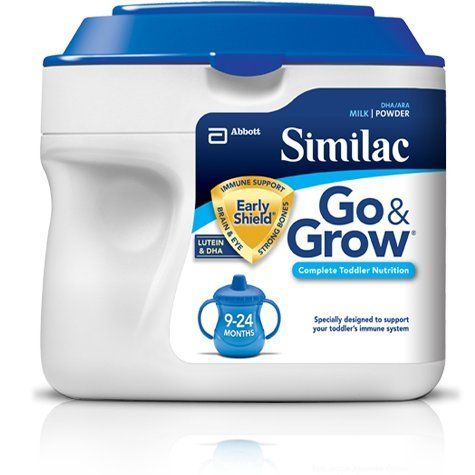 “If it’s a persistent problem, it’s something I like to see in the office.”
“If it’s a persistent problem, it’s something I like to see in the office.”
Here are some ideas on how to get a newborn to poop, as well as what to do when an older baby is not pooping .
• Bicycle legs. Peddling an infant’s legs to and from their chest, as if they’re riding a bicycle, can be a gentle way to stimulate your child’s digestive system, Swanson says. Older babies generally don’t need this trick, since crawling, climbing and pulling up to stand help keep things moving.
• Warm bath. The warmth and stimulation of the water can relax muscles and help baby poop.
• Rectal stimulation. For occasional use only, Swanson suggests gentle rectal stimulation by gently inserting a rectal thermometer or using a gas-relieving product, such as Fridababy’s Windi ($13, Fridababy.com). However, Swanson cautions this shouldn’t become your go-to trick. “If used too often, the baby may become reliant on rectal stimulation to poop.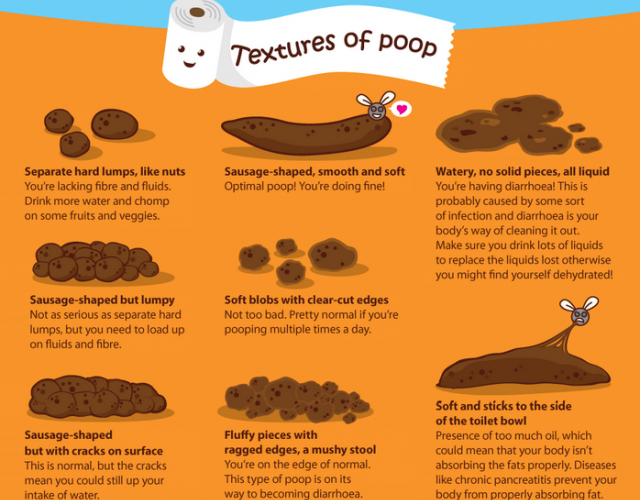 ”
”
• Water or juice. Constipation can be a sign of dehydration. If baby has started eating solids, offering a few ounces of water or pear juice may help move things along. Constipation may also be a sign baby needs to nurse more or be offered a bottle more regularly. If you’re at all concerned, talk to your pediatrician.
• Glycerin suppositories. Another occasional-use tool, Swanson says glycerin suppositories can be helpful for constipation. Ask your doctor first, especially if baby is younger than a year.
• The four P’s: Prunes, plums, peaches and pears. These four fruits are a great natural way to help baby poop. If baby has started solids, add a serving or two into your child’s daily diet to keep things moving.
• Veggies. The high-fiber content in vegetables makes them all-stars when it comes to dealing with constipation.
• Whole grains. When planning baby’s meals, try incorporating some whole grains: Brown rice, whole-wheat pasta and multigrain cereals or bread maximize bran intake, which can help soften stool and make it easier for baby to poop.
Is it normal for baby to grunt?
If you hear baby making grunting noises, don’t fret. They’re just learning how to have a bowel movement. Infants let out moans and groans as they go; their abdominal muscles aren’t very strong yet, so pooping requires more effort and energy and engages the diaphragm, resulting in some sound effects. It’s not uncommon to see babies straining or making faces while they’re at it too. This is completely normal, and doesn’t necessarily indicate a problem like constipation.
Types of Baby Poop
While it’s normal to get a teeny bit less obsessive over every single diaper change as baby grows, it’s still important to keep an eye out for potential problems and warning signs. While some odd consistencies may have a simple explanation (hello, raisins!), others may need to be discussed with your doctor. Here are some types of baby poop to watch out for:
Diarrhea
In infancy, loose stools can be a sign of an allergy, either to the milk proteins in formula or, if you’re breastfeeding, to something you ate.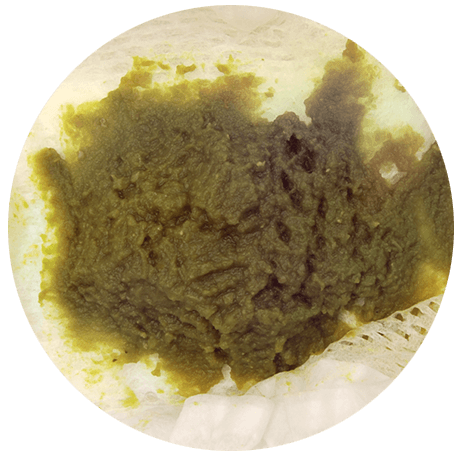 As baby gets older, watery stools may be a sign of teething (baby is swallowing more saliva, leading to runnier poop), but could also be a sign of a stomach bug. In that case, keeping your child hydrated with plenty of water or milk is essential. If the diarrhea is accompanied by a fever of 100.4 or higher, or baby is younger than 3 months old, it’s a good idea to call your pediatrician, Kapoor says.
As baby gets older, watery stools may be a sign of teething (baby is swallowing more saliva, leading to runnier poop), but could also be a sign of a stomach bug. In that case, keeping your child hydrated with plenty of water or milk is essential. If the diarrhea is accompanied by a fever of 100.4 or higher, or baby is younger than 3 months old, it’s a good idea to call your pediatrician, Kapoor says.
Blood in baby stool
While a few flecks can be normal, anything more than that should be brought to your pediatrician’s attention. “Blood in the stool could be caused by constipation, infection, injury or allergy, so going to the doctor is essential,” Kapoor says.
Mucus in baby stool
A common sign of teething or a cold, occasional mucus is no big deal. However, “if you notice it frequently or in large amounts, it could be a sign of a GI tract issue and should be discussed with your pediatrician,” Kapoor says.
Stringy baby poop
A cousin to mucus, stringy baby poop could be a sign of a cold or teething, or just the result of something baby has been eating.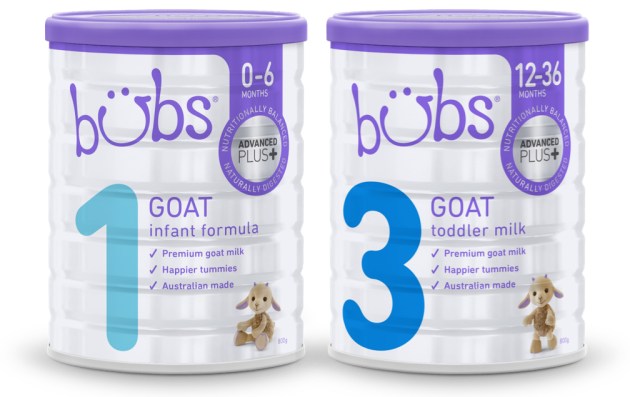 If it shows up frequently in baby’s diaper, it’s a good idea to call your pediatrician.
If it shows up frequently in baby’s diaper, it’s a good idea to call your pediatrician.
Foamy baby poop
“In a breastfed infant, foamy stool may be a sign that baby is getting too much foremilk,” Kapoor says. For an easy solve, try completing a feeding on just one breast. In a formula-fed baby, frothy baby poop could indicate an infection or allergy.
Pebble-like stool
This is a classic sign of constipation or withholding stool in older babies. Try some home constipation cures and go to the doctor if baby doesn’t poop within the next 24 hours.
Doctors agree that if you see anything unusual, spot a baby poop problem accompanied by a high fever or if baby is crying inconsolably, you should call the doctor, who can help guide you through possible causes and next steps. And don’t be shy about bagging the diaper for your doctor’s inspection. “We see it all the time, and we aren’t disgusted,” Kapoor says. “It can help us best figure out what the issue may be. ”
”
When to See the Doctor
Yes, you can tell a lot about baby’s health by monitoring the color and consistency of their poop. But if you notice any of the following, you should consult your doctor for advice:
- Breastfeed baby hasn’t pooped in over three days
- Formula-fed baby hasn’t pooped in over five days
- Baby poop is thick, hard or or pebbly
- Baby poop is red or black
- Baby poop is white, gray or clay-colored
In the coming days, weeks and months, you’ll likely take up a mission to analyze the contents of your infant’s diaper; checking for normal baby poop is par for the course. The truth is: Everybody poops—and you want to make sure your little one is happy and healthy! To that end, keep our baby poop guide bookmarked as a reference to help you navigate this sometimes sticky, but always interesting stage of parenthood!
About the experts:
Madhavi Kapoor, MD, is a clinical assistant professor in the department of pediatrics at NYU Langone Medical Center.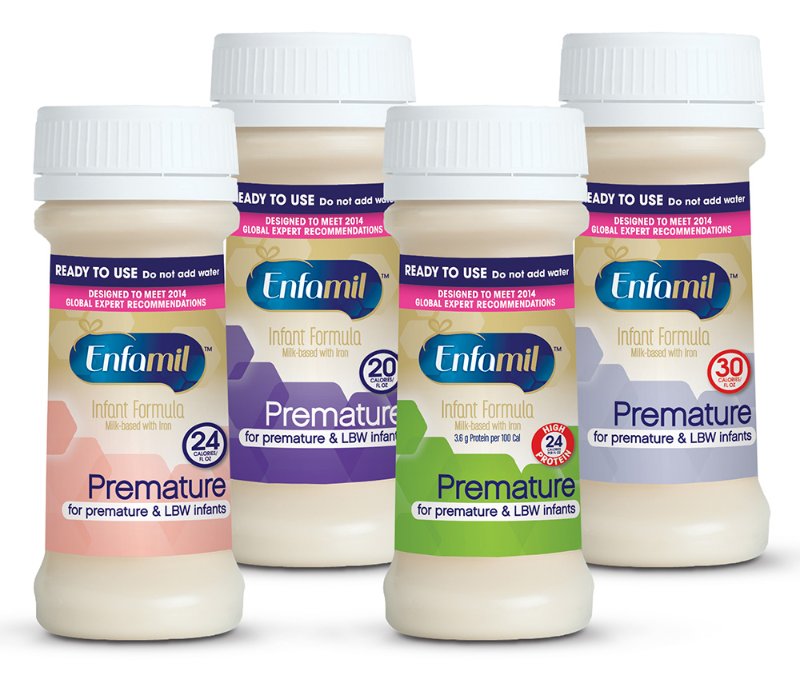 She received her medical degree from the University of Texas Southwestern Medical School in Dallas.
She received her medical degree from the University of Texas Southwestern Medical School in Dallas.
Wendy Sue Swanson, MD, is a pediatrician and chief medical officer at SpoonfulOne and BeforeBrands. Previously, the executive director of digital health for Seattle Children’s Hospital, she earned her medical degree from University of Pennsylvania School of Medicine in Philadelphia.
Please note: The Bump and the materials and information it contains are not intended to, and do not constitute, medical or other health advice or diagnosis and should not be used as such. You should always consult with a qualified physician or health professional about your specific circumstances.
Plus, more from The Bump:
What to Know About Using Gripe Water for Colic and Tummy Troubles
Why Babies Get Hiccups (and How to Get Rid of Them)
How to Identify and Relieve Baby Constipation
Which mixture is best for a newborn from 0 years old: rating 2020
For babies there is nothing better than mother's milk.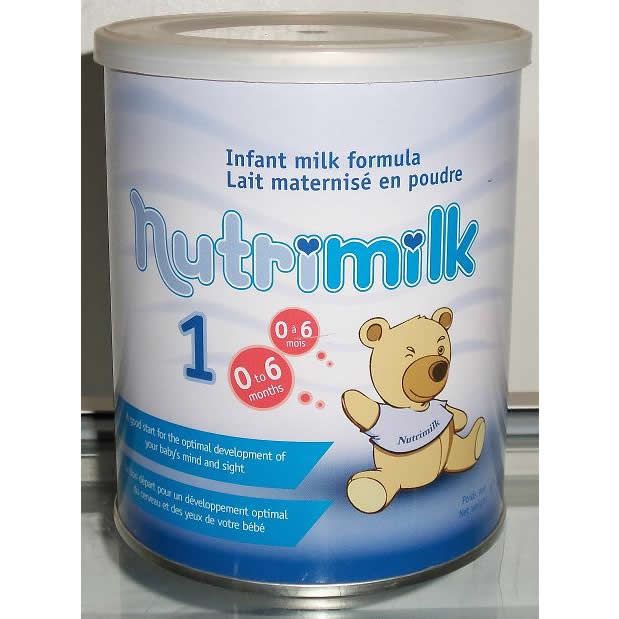 However, it happens that breastfeeding is limited or impossible, and you have to switch to artificial. How to choose the right mixture?
However, it happens that breastfeeding is limited or impossible, and you have to switch to artificial. How to choose the right mixture?
The birth of a baby is a great happiness for parents. And, of course, every mother strives to give her child the best. There is no better food for a newborn in the world than breast milk.
But what if for some reason you have to formula feed your baby? Someone preserves the beauty of their breasts, someone cannot feed for medical reasons, and someone does not have milk at all. nine0003
According to the recommendations of WHO (World Health Organization) and UNICEF (United Nations Children's Fund), adapted formula for newborns is the third way to feed a child after breast and donor milk.
How to choose a formula for a newborn
Source here and below: Unsplash
What is the best formula for newborns from 0 months? Do not rush to take the first box that comes across from the store shelf. The range of food for babies is very wide. However, advertising, brand awareness or reviews on the forums do not guarantee that one or another composition will suit your baby. nine0003
The range of food for babies is very wide. However, advertising, brand awareness or reviews on the forums do not guarantee that one or another composition will suit your baby. nine0003
Every baby is different, so before introducing formula into your baby's diet, you should consult with a breastfeeding specialist and try to adjust your baby's natural nutrition.
Any transfer of a child to artificial feeding should be done only after consulting a pediatrician. It will take into account the characteristics of the baby's body: its age, weight dynamics, appetite, the state of the intestinal microflora, the presence of allergies, and digestive disorders. If necessary, he can even recommend a therapeutic mixture. nine0003
Doctors warn: do not choose the formula yourself. Firstly, manufacturers, alas, do not always provide reliable and complete information about their product. Secondly, the price is not the most important reference point.
What are infant formulas
The first thing to consider when choosing the best formula for newborns is whether it is age appropriate.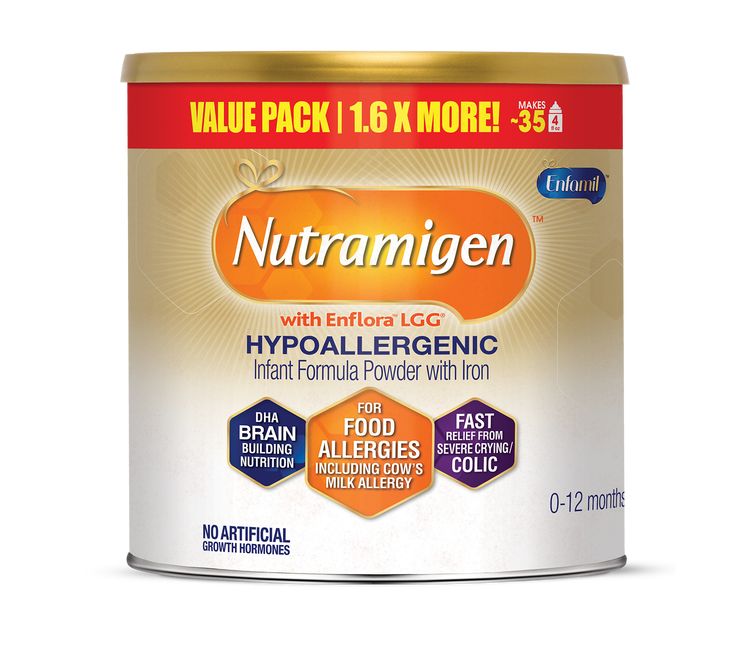 In the case of breastfeeding, as the baby's digestive system develops and improves, the composition of breast milk also changes. Therefore, the formula of mixtures for each age has its own. The milk formula number is indicated on the package. How to decrypt it? nine0003
In the case of breastfeeding, as the baby's digestive system develops and improves, the composition of breast milk also changes. Therefore, the formula of mixtures for each age has its own. The milk formula number is indicated on the package. How to decrypt it? nine0003
- The number "0" or the words "Pre", "Pre" in the name mean that the mixture is adapted for children who were born prematurely or with insufficient weight.
- Number "1". So labeled food for babies from 0 to 6 months.
- Number "2". The mixture is intended for babies up to 1 year.
- The numbers "3" or "4". The product is designed for children over 1 year old.
Most formulas are based on farm animal milk protein. However, the baby's body is not able to absorb it. Protein has to be changed. According to the degree of its modification, mixtures are:
- adapted - they are made on the basis of demineralized whey, as close as possible in structure to human milk,
- partially adapted - their composition is somewhat similar to that of breast milk,
- subsequent - these mixtures most often do not have whey, they are made from whole cow's milk with the addition of starch and sucrose.
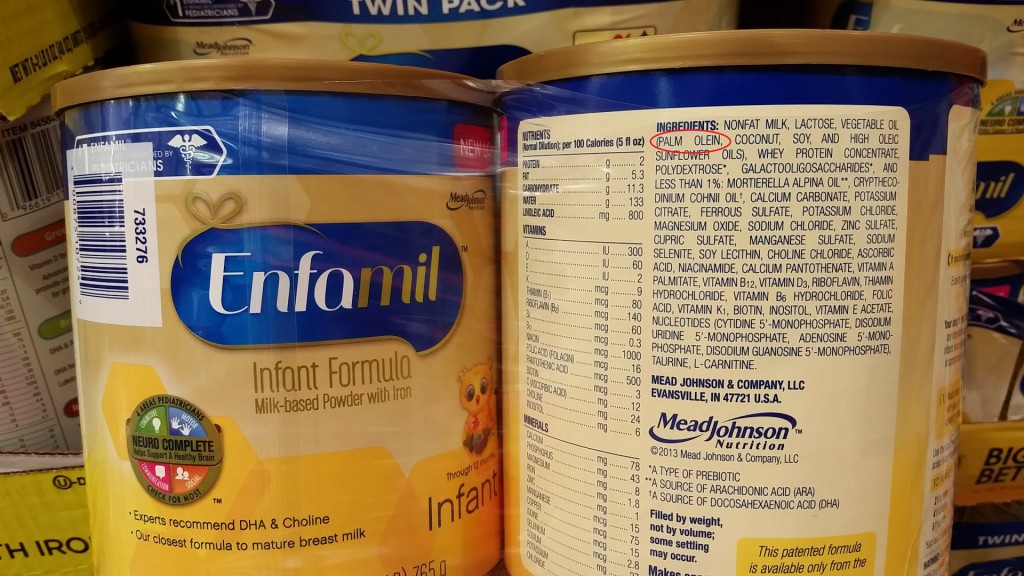
Do not miss
-
Don't miss
How to properly express breast milk with a manual breast pump
If a child has an intolerance to cow's milk protein, various diseases or nuances of development and health, then after examination and diagnosis, the doctor may recommend anti-allergenic mixtures based on goat's milk or soy. Therapeutic infant formulas are of several types:
- low lactose and lactose free,
- dairy-free, containing soy protein,
- based on whey protein hydrolyzate,
- gluten free,
- iron enriched,
- enriched with bifidobacteria,
- mixtures without phenylalanrine.
To understand which formula to choose for a newborn, it is important to be able to read the composition correctly. Often the following ingredients are added to the product. nine0003
nine0003
- Prebiotics are oligosaccharides that tune the digestive tract to work better.
- Probiotics are live bifidobacteria that help digestion and strengthen the immune system.
- Fatty acids - or rather their subspecies, hidden under the abbreviation LCPUFA (long-chain polyunsaturated fatty acids).
- Nucleotides are biological compounds that are constituents of nucleic acids and are involved in the processes of energy exchange in cells. nine0029 Taurine is an amino acid for the formation of the central nervous system.
- Iodine is an element in the composition of thyroid hormones that is responsible for body growth and metabolism.
5 rules for choosing infant formula
What to look for when choosing a mix on the counter? There are several characteristics that are important to check with every purchase.
- Best before date. It is safer to take a fresh mixture, the "age" of which is no more than 25% of the total shelf life.
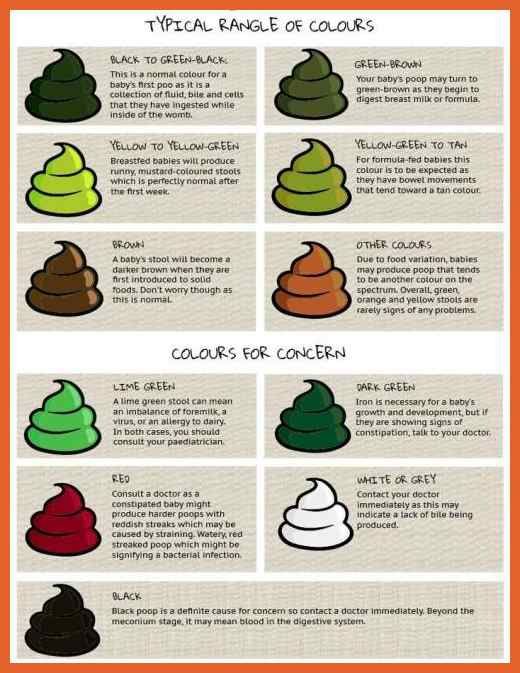 nine0030
nine0030 - Packaging integrity. Tin cans without dents, packages inside cardboard boxes without cracks and tears.
- Composition. It is better to double-check the advertising statements about the composition made by the manufacturer on the front side in large print.
- Pack size. Don't be tempted to buy a large pack because many blends spoil quickly once opened.
- Specifications. If you are concerned about the smell or bitter taste, this may indicate improper storage conditions. nine0030
What is the best formula for newborns: ranking 2020
Attention! The rating of formulas for newborns is given for informational purposes only and does not replace the need to consult a doctor.
1. Kabrita Gold 1
One of the most expensive products on the infant formula market. The manufacturing company has about 55 own goat farms that feed exclusively on fresh grass.
The product has a delicate taste and a lot of useful properties. It's no secret that goat's milk is considered healthier than cow's milk due to its unique composition of nutrients. At the same time, the mixture does not have a specific goat smell. Its composition is truly unique and has been winning first places in competitions, ratings and tops for many years. The big disadvantage of this product is the high cost compared to competitors. nine0003
It's no secret that goat's milk is considered healthier than cow's milk due to its unique composition of nutrients. At the same time, the mixture does not have a specific goat smell. Its composition is truly unique and has been winning first places in competitions, ratings and tops for many years. The big disadvantage of this product is the high cost compared to competitors. nine0003
Distinctive feature: goat milk mixture.
2. Similac Gold 1
The blend is free of palm oil, a point that will please many parents who carefully check formulations for harmful substances. That is why a huge number of mothers have chosen Similac for many years.
It is quite sweet and really tasty. It contains vegetable oils that help digestion: the baby's stool becomes soft, constipation and gas formation disappear. The product also prevents colic. Of the minuses, the high cost can be noted. nine0003
Distinctive feature: prepared on the basis of vegetable oils, does not contain palm oil.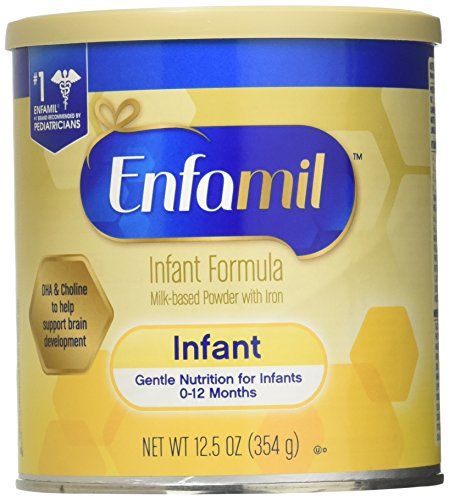
3. Nestle NAN Premium OPTIPRO 1
Perhaps one of the most popular milk formulas. It contains the highest amount of whey protein. It is this type of protein that is best absorbed.
Protein is the most necessary product for the full development of the body, even for an adult. The composition is also rich in essential vitamin complex A, E, D3, C, PP, B vitamins, polyunsaturated fatty acids and trace elements. nine0003
This product has an anti-reflux effect (ie prevents spitting up). It is well absorbed and does not cause colic, reduces gas formation, and also contributes to the excellent functioning of the digestive system.
An additional plus is that it is presented on the shelves of most stores. The product is completely safe and does not contain preservatives. Of the minuses, the presence of palm oil in the composition can be distinguished.
Special feature: the highest protein content. nine0003
4. Nutrilon 1 Premium
An equally popular product on the market recommended by many pediatricians. A useful product that most kids like to taste. The composition includes fish oil, which is so necessary for a growing child's body.
A useful product that most kids like to taste. The composition includes fish oil, which is so necessary for a growing child's body.
The texture of this mixture is a white powder, odorless. Mom's convenience and speed of cooking. The composition is also good: the components help strengthen the immune system and reduce the risk of allergic reactions. The disadvantages include the presence of palm oil in the composition. nine0003
Distinctive feature: odorless, dissolves quickly.
5. Friso Gold 1
Another market leader. Many mothers choose this milk formula, as they have noticed a real effect in reducing colic, gas and constipation. It has a very convenient packaging, which provides thoughtful storage of a measuring spoon. It tastes sweet and very pleasant.
According to the forums, the product has almost no negative reviews. The composition contains various vitamins, as well as useful substances, such as: calcium phosphate, iron sulfate, folic acid.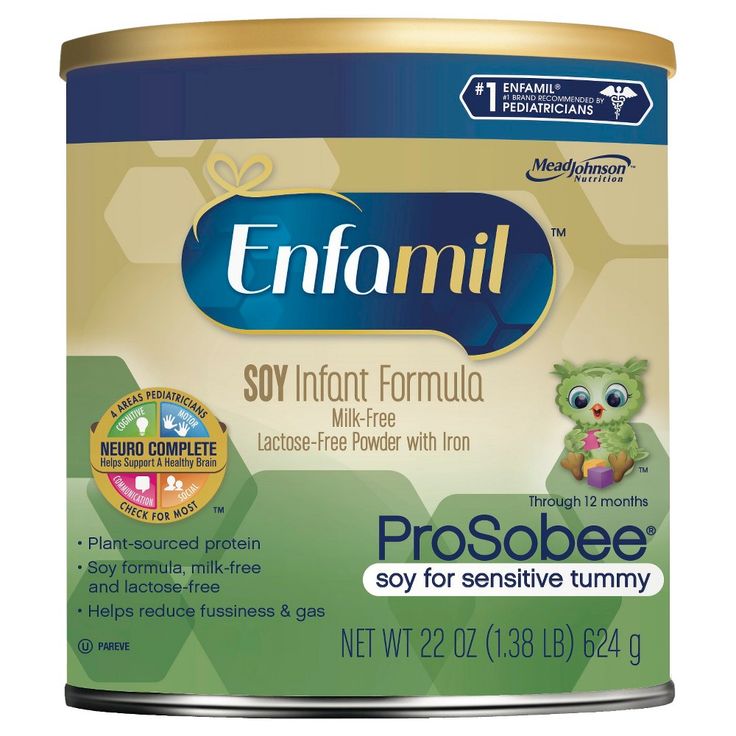 nine0003
nine0003
The main advantage of Friso Gold is that it contains nucleotides. They help build immunity. Of the minuses, it can be distinguished that the mixture contains palm and rapeseed oil, and also has a high cost.
Distinctive feature: contains nucleotides that contribute to the formation of natural immunity.
6. Valio Baby 1
Finnish production is famous for the good quality of its products. Valio Baby Formula 1 is palm oil free and rich in vitamins and minerals. Pleasant in taste and well absorbed. nine0003
Fruitfully affects the digestive system, prevents the formation of intestinal colic, gas formation and constipation in newborns. The disadvantages include the fact that it is not represented everywhere. Good value for money.
Distinctive feature: a new product on the Russian market, the quality of which is carefully monitored.
7. HiPP 1 Combiotic
This product is gluten and emulsifier free and contains no preservatives or colorants.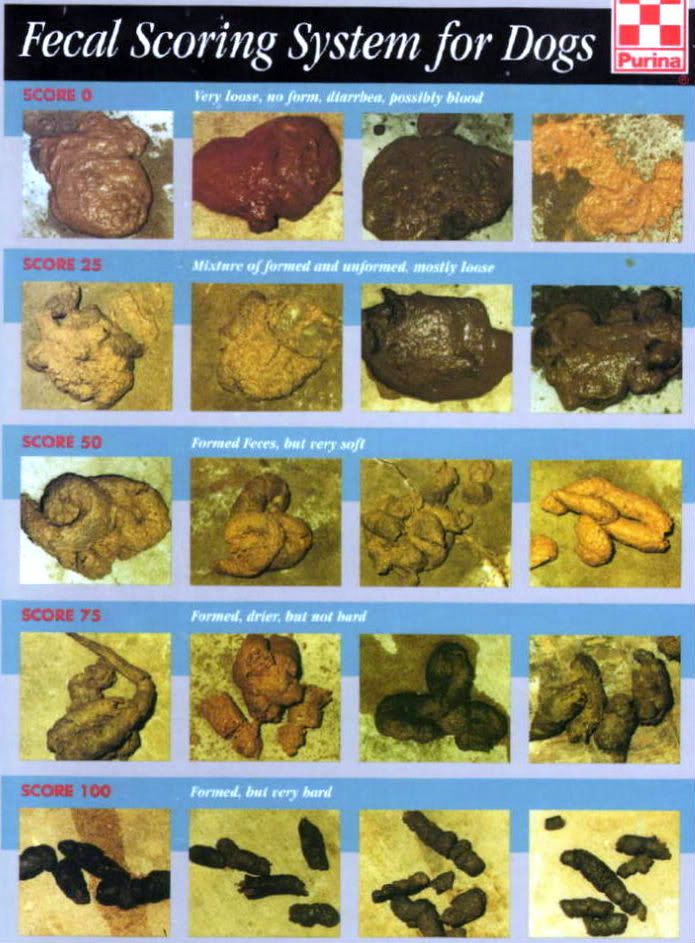 This mixture has a great effect on the formation of the brain and vision. All components are carefully processed, so we can confidently talk about the excellent composition of the Hipp blend. nine0003
This mixture has a great effect on the formation of the brain and vision. All components are carefully processed, so we can confidently talk about the excellent composition of the Hipp blend. nine0003
Distinctive feature: careful selection of ingredients, interesting design.
8. Nestle Nestogen 1
Nestogen instant formula with prebiotics and L. Reuteri lactobacilli is one of the most popular formulas in the low price segment. The manufacturer is Nestle. The undoubted advantages are low cost and the absence of palm oil in the composition. But the difference in price was reflected both in the packaging of the goods (it is cardboard) and in the composition. nine0003
However, the product contains vitamins and microelements, prebiotics (not to be confused with probiotics: probiotics are a culture of beneficial bacteria, prebiotics are substances that provide normal flora with nutrition and create conditions for its development), lactobacilli.
Special feature: no palm oil and economical cost.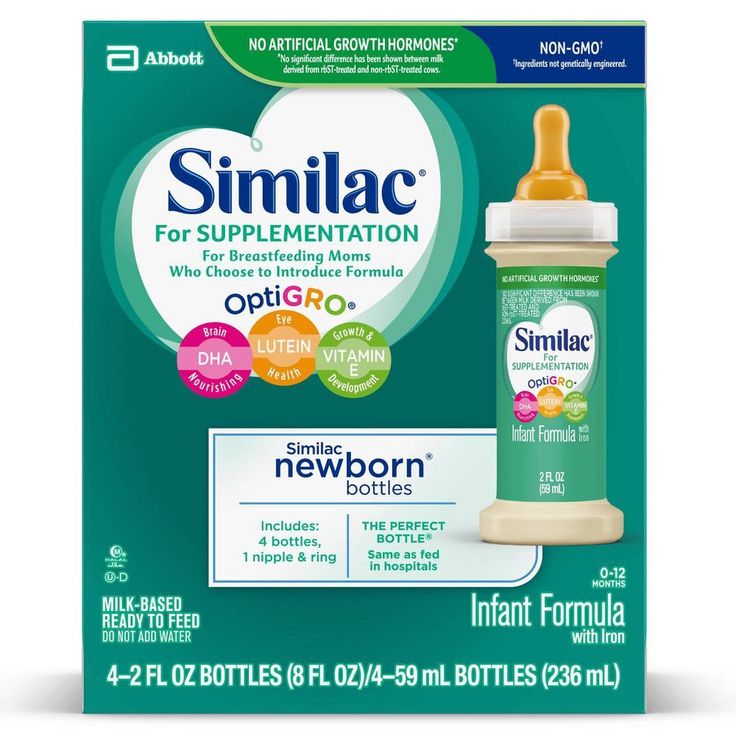
9. Malyutka (Nutricia) 1
This formula has been on the Russian market for many years. For some reason, some mothers are wary of this product, but in vain. He has a well-balanced composition. The producers of the Baby mix (the well-known Nutricia company) are very careful in their production and take into account all the norms and requirements. nine0003
The color of the powder is yellow, it dissolves well and tastes good. The mixture has a good effect on the gastrointestinal tract and prevents constipation. Packaging is cardboard. The price range is average, closer to low. The product is presented on the shelves of many stores.
Distinctive feature: balanced composition.
10. Semper Baby Nutradefense 1
Semper has long established itself in the market by producing quality baby food - cereals and purees. Semper Baby Nutradefense is formulated with a range of essential vitamins and minerals to help ensure your newborn develops healthy without digestive problems.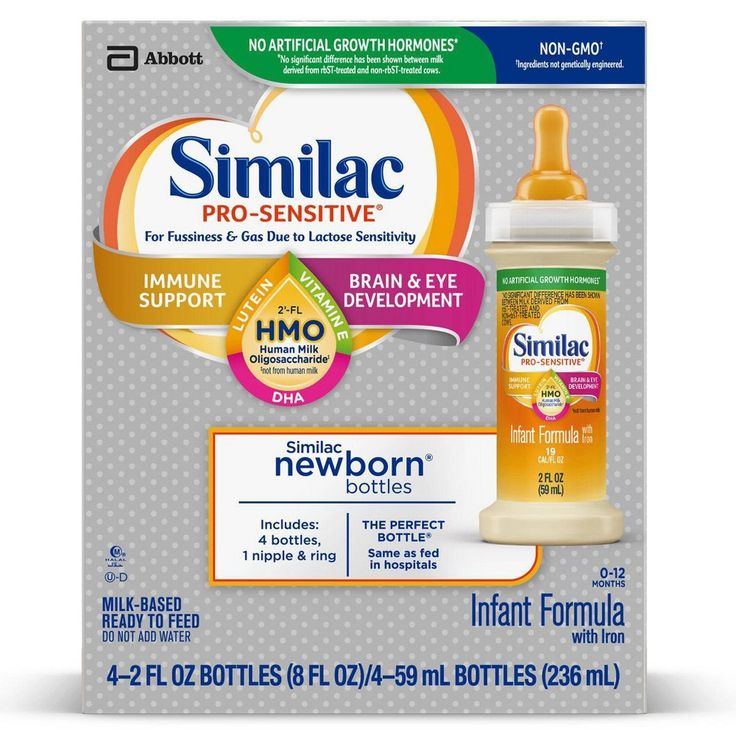 The only problem is that the product is very difficult to find for sale on the shelves, but it is presented in various online stores. And yes, the price is quite high. nine0003
The only problem is that the product is very difficult to find for sale on the shelves, but it is presented in various online stores. And yes, the price is quite high. nine0003
Distinctive feature: a large amount of vitamins and minerals.
11. Nutrilak Premium Blend 1
This blend is ideal for underweight children. It does not contain palm and rapeseed oil, which is undoubtedly a big plus for many parents. I also want to note the low cost.
It is important to consider that the product should not be given to overweight children, as the mixture is very high in calories. Of the minuses, we highlight the fact that it is not suitable for all kids. nine0003
Special feature: Best value for money.
12. Agusha 1
AGUSHA produces purees, juices, yoghurts, water and many other baby food products. Many mothers have trusted her for many years. The composition of the mixture includes probiotics and prebiotics, which have the best effect on the gastrointestinal tract.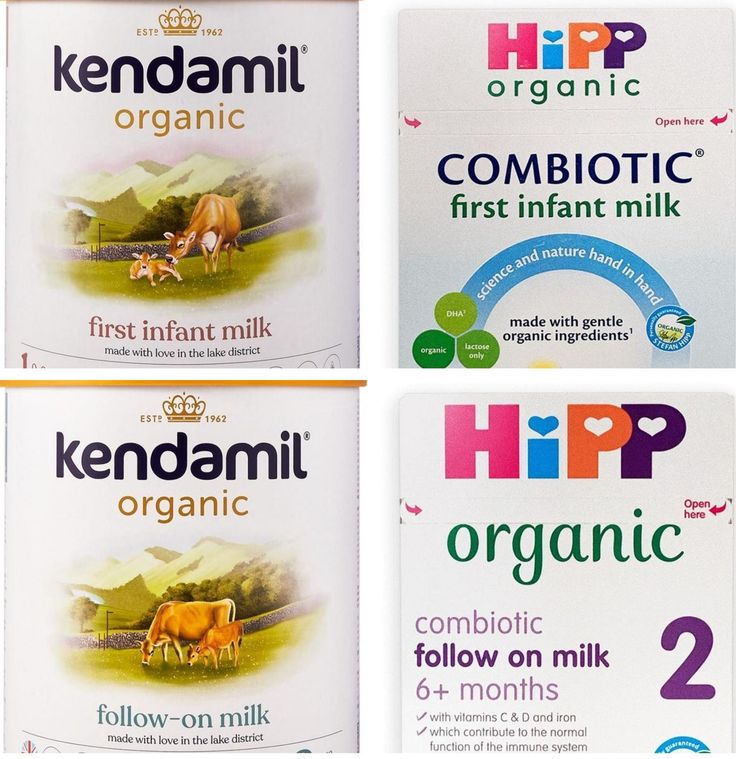
By the way, this mixture is used not only for its intended purpose, but for the preparation of various dishes (for example, children's cereals). An important pleasant bonus is the low cost. Of the minuses, one can single out the fact that the goods are not presented in all stores. nine0003
Distinctive feature: low cost and good composition.
How to introduce infant formula into the diet
The main rule when introducing infant formula into the diet is consistency. Do not immediately give the baby a full portion. It is better to gradually increase the dose and watch the child's reaction.
It is only possible to calculate the dosage of one portion intended for "acquaintance" with the mixture individually. It depends on the composition of the mixture prescribed for your child, the age of the child, his complexion, appetite and many other things. Therefore, it is better to ask this question to your pediatrician. And, of course, focus on the condition and reactions of the baby. nine0003
nine0003
How long does adaptation take
The mixture is suitable if the child tolerates it well: he eats with pleasure, he does not develop dyspeptic disorders, anemia, atopic dermatitis and other similar conditions.
Children are different, sometimes the right mixture may not be suitable. It is believed that in the first five to seven days after the introduction of the mixture, the body adapts. During this period, constipation, diarrhea, skin rashes, vomiting, regurgitation, and malnutrition may occur. nine0003
If unpleasant symptoms persist, this is an occasion to consult a doctor to compensate for the condition and choose another mixture. However, doctors do not recommend frequently switching from one to another or trying new things to diversify the diet. By the way, manufacturers do not give test samples for review, reminding that there is nothing better for a child than mother's milk.
References
1. Official website of the World Health Organization - electronic source: www.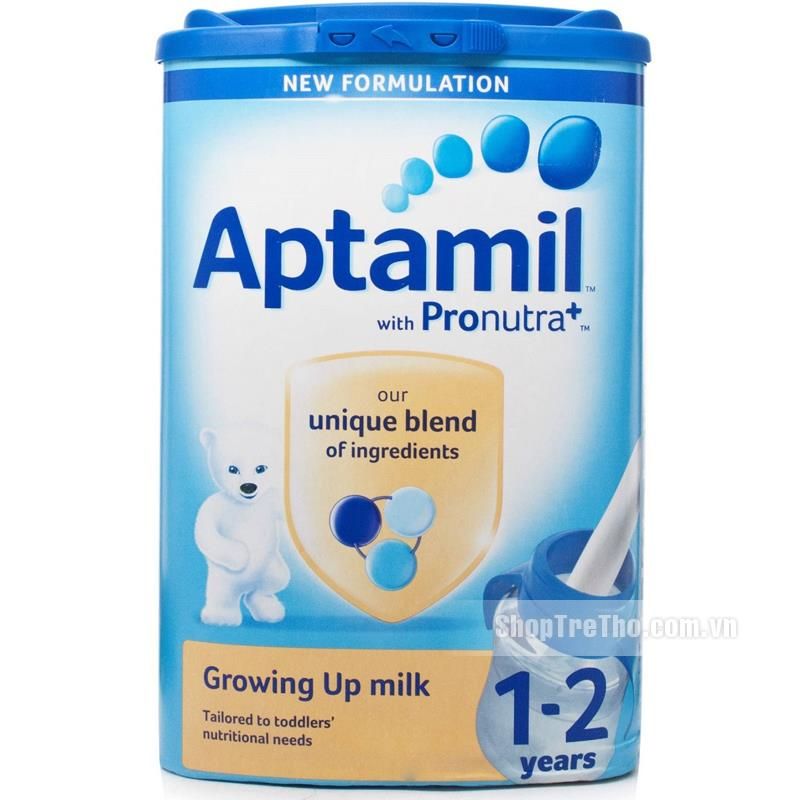 who.int
who.int
2. La Leche Liga Russia official website — electronic source: www.lllrussia.ru
Photo: Shutterstock/Fotodom
Expert
Natalia Proskurina
Lactation consultant, blogger, @natali_carmine
How did this article make you feel?
Recommended
Marketplaces are a place of attraction: 5 rules for competent online shopping nine0003
How to cope with menopause symptoms and forget about stress
Davout was suspected of having an affair with Agatha Muceniece
How to make a diet of proteins, fats, carbohydrates: the right combinations and products nine0003
How the royal family reacted to the demand of Prince Harry and Meghan Markle
The ex-husband of Mashkova Artem Semakin had a daughter
“I’m not ready to lose him”: Lucy Chebotina about the affair with YurKiss nine0003
“There will be full chic”: Anastasia Volochkova named the date of her wedding
How to choose a good refrigerator: 9 tips from an expert
Advertising on lisa.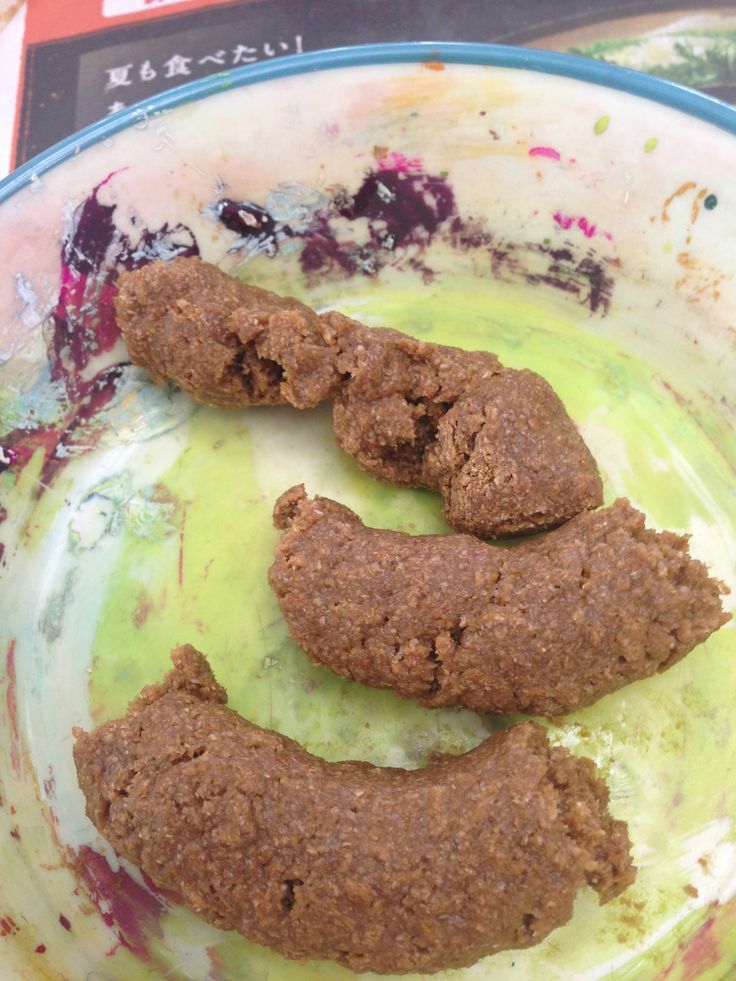 ru
ru
The best milk mixtures for newborns
It is impossible to argue with the fact that the ideal food for a baby who has just been born is mother's breast milk. However, there are a lot of mothers who are forced to switch to artificial feeding for one reason or another. In such a situation, it is very important to choose a good mixture for the newborn, which will suit him according to all requirements. So that you can better navigate the range of baby food, we have prepared for you a rating of the best baby formulas for newborns based on the reviews and recommendations of many mothers. nine0003
Content:
- The best children's mixture on goat milk
- 1. Kabrita
- 2. Nanny
- 3. Mamako
- 4. Mdmil SP Kozochka
- The best children's mixture adapted (maximally close to breast milk)
- 1. Nutrilon
- 2. NAN
- 3. Nestogen
- Best Premature Infant Formula
- 1.
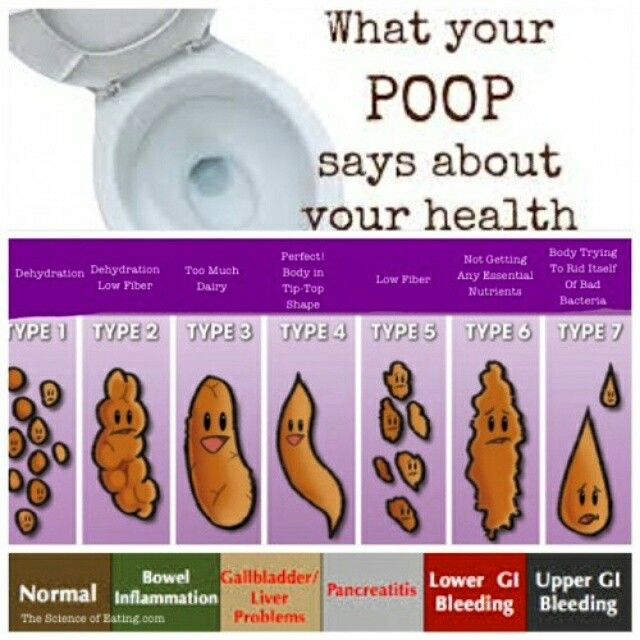 NUTRILON PRE
NUTRILON PRE - 2. SIMILAC (ABBOTT) NEOSHUR
- The best infant formula for newborns is inexpensive and good
- 1. Malyutka
- 2. Agusha
- Which infant formula to choose for a newborn?
It is very important to remember that before making a choice, you should always consult with your pediatrician, who is more than anyone else competent in this matter, and knows all the best manufacturers of infant formula on the market.
Best goat milk formula
This version of baby food appeared on the domestic market not so long ago, but has already gained great popularity. This is due to the theory that goat's milk is absorbed by an immature child's body more easily than cow's milk and is equivalent in its properties to mother's breast milk. It is also suitable for feeding newborns who are allergic to cow's milk. At the same time, the choice of mothers who decide to switch to such a product is small - there are only 4 similar brands on the market, which will be described in detail.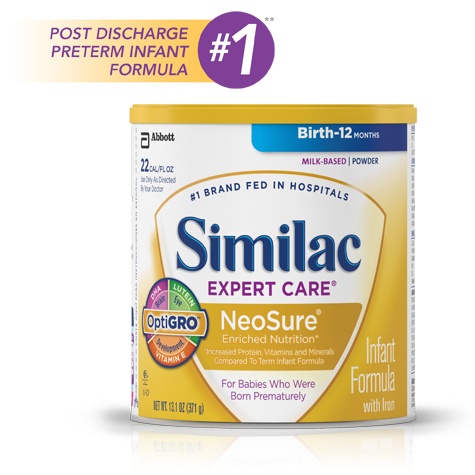 nine0003
nine0003
1. Kabrita
Highly adapted mixture from the Netherlands, made from natural farm goat milk. Kabrita® is today considered the best and most advanced goat formula.
Firstly, the mixture is enriched with the most valuable goat milk whey (63%), and its protein content is balanced (1.3 g per 100 ml of the finished mixture), which makes it gentle on the baby's health.
Second, the unique Digest X® fat complex with a high (42%) triglyceride content, similar to breast milk fats, helps to facilitate digestion, reduce constipation and improve the intestinal microflora. nine0003
And thirdly, in addition to traditional omega-3 and omega-6 fatty acids, the composition includes pro- and prebiotics that help digestion and build immunity.
The benefits described above are very important for baby nutrition, especially in the first months after birth. According to the reviews of numerous mothers, Kabrita is the best goat milk mixture that helps digestion and saturates the child very well, providing a good night's sleep, and therefore rest for the mother.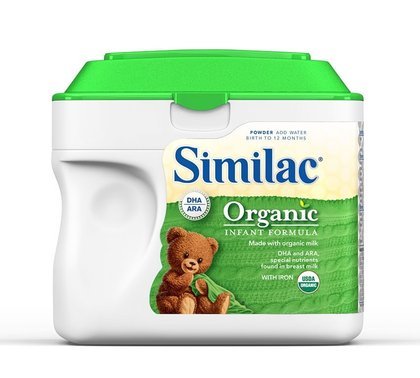
Advantages:
- The ratio of serum to the casein 63:37, as in breast milk
- The rich and useful composition
- without palm oil
- Positively affects the digestion and dream of babies
Disadvantages:
- High price
- High
2. Nanny
A New Zealand product that is rightfully considered the best goat milk formula. Its main difference from the products of other brands is the high content of casein proteins, which are easier to digest for an immature organism. Another feature is the absence of additional processing of milk, which ensures maximum preservation of its useful qualities. In addition, the product of this brand does not contain palm oil. All this together ensures a minimal risk of allergies, which is very important when it comes to a newborn baby. nine0003
Values:
- High quality products
- Lack of palm oil and serum protein
- The minimum risk of allergy
Disadvantages:
- 9000 9000 11111111111111111111111111111111111111111111111111111111111111ACO 111111111111111111111111111111111111111ACO 111111111111111111111111111111111111111ACOMEN from the Spanish manufacturer contains casein and whey proteins in equal proportions.
- The proportional ratio of serum and casein proteins
- is saturated with prebiotics
- The optimal composition with the minimum risk of allergies
- normalization of the chair and the absence of colic when consumed
- High price
- good composition
- High digestibility by the children's body
- is easy to find in the supermarket
- A
- An acceptable cost
- Lack of palm oil
- Excellent composition
- The absence of some important trace elements consisting of
- optimal composition especially for premature babies
- minimal risk of allergies and other negative reactions
- as close as possible to breast milk
- high cost
- The composition taking into account all the characteristics of the underwear of the premature baby
- The absence of palm oil
- is perfectly absorbed by the child’s weak organism
 The product did not have time to gain great popularity, as it appeared on the shelves relatively recently. However, mothers who have tried it note that milk based on it has a pleasant sweet taste that children like. The statistics of allergic reactions is also minimal. nine0003
The product did not have time to gain great popularity, as it appeared on the shelves relatively recently. However, mothers who have tried it note that milk based on it has a pleasant sweet taste that children like. The statistics of allergic reactions is also minimal. nine0003 DPCs:
Disadvantages:
- 9000 9000 900
4. Moso SP SPMIL SP. An infant formula with a good composition, co-produced by Switzerland and Spain. Unlike other brands of baby food, the saturation of milk with proteins and salts is within the normal range (in other products it either exceeds the permissible limits or is at their upper limit). This optimal combination avoids unnecessary stress on such children's organs as the intestines and kidneys. In addition, here the ratio of omega acids is closest to breast milk, which positively affects the development of the children's nervous system.
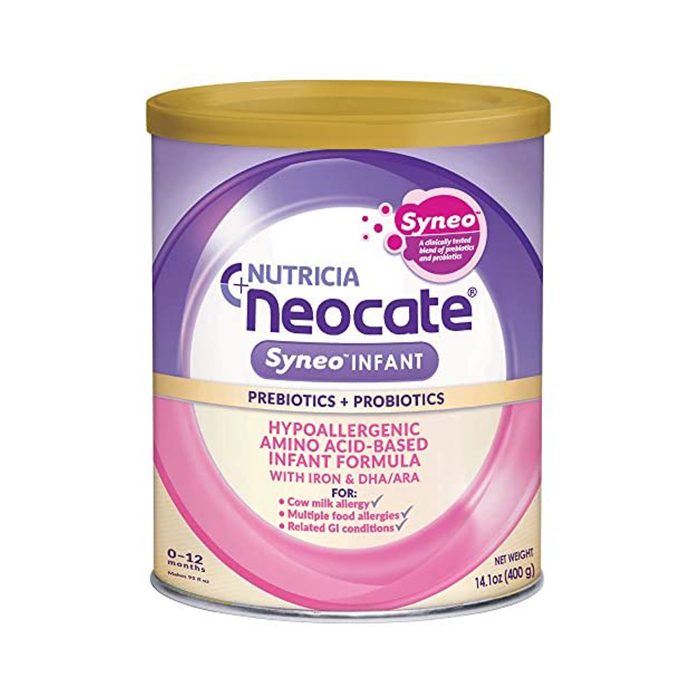 nine0003
nine0003 DPCs:
Disadvantages:
It is important to know! Never store dry mix in the open, as the air contains microorganisms that can also get into the food.
We recommend watching the Test Purchase video about infant formula! nine0326
The best infant formula for newborns adapted (as close as possible to breast milk)
The main feature of such nutrition is the minimum amount of casein protein, which causes difficulties for some babies in digestion and is poorly absorbed. As part of an adapted diet, an increased content of albumins and globulins, which brings its characteristics as close as possible to breast milk.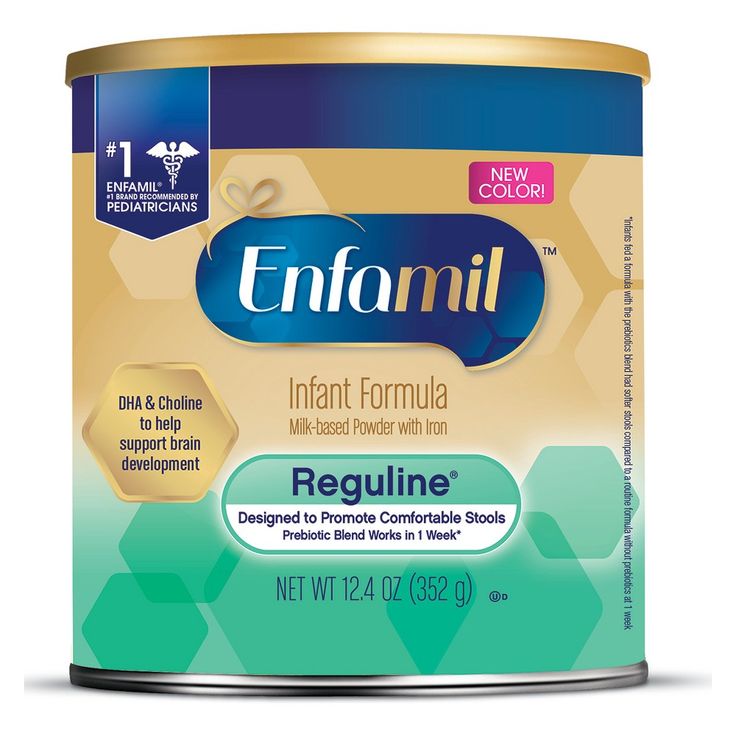 This means that these foods contain virtually no ingredients that can cause digestive difficulties, which is ideal for an infant. It is from this line that you should choose food in the first months after the birth of the baby, so that there is no allergy. nine0003
This means that these foods contain virtually no ingredients that can cause digestive difficulties, which is ideal for an infant. It is from this line that you should choose food in the first months after the birth of the baby, so that there is no allergy. nine0003
1. Nutrilon
The best infant formula according to most mothers for many years. It has the optimal ratio of vegetable fatty acids with minerals and vitamins. In addition, there is a high level of absorption of nutrients, a proportional ratio of phosphorus and calcium. In its composition, Nutrilon is also as close as possible to breast milk, which is very important for the child.
Advantages:
Disadvantages:
2. Nan
Not only one of the best dairy mixtures for the newborn, but also one of the most delicious most delicious, but also one of the most delicious most delicious, but also one of the most delicious most delicious, but also one of . It dissolves quickly when cooked, saturates the baby well. The optimal amount of prebiotics and probiotics ensures the smooth functioning of the intestines, as well as an increase in its protective properties. It has a beneficial effect on the brain, nervous system and eyesight of a little man. nine0003
It dissolves quickly when cooked, saturates the baby well. The optimal amount of prebiotics and probiotics ensures the smooth functioning of the intestines, as well as an increase in its protective properties. It has a beneficial effect on the brain, nervous system and eyesight of a little man. nine0003
DPCs:
Disocations: 9000
Best Premature Infant Formula
Premature babies need special care and attention.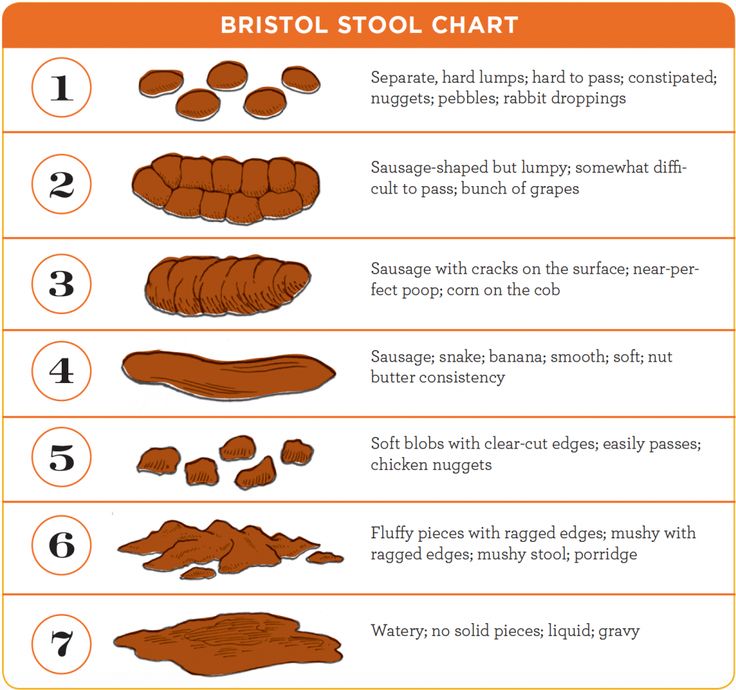 An organism that has not had time to fully form and prepare for birth is especially sensitive. Therefore, for their nutrition, you need to choose special children's products that fully meet the needs of the little man. They take into account all the features of such fragile babies: the use of proteins that are easily digested, the increased content of vitamins and trace elements, the increase in the energy value of the product for faster weight gain. Also, this line is recommended to reduce the risk of allergic reactions. nine0003
An organism that has not had time to fully form and prepare for birth is especially sensitive. Therefore, for their nutrition, you need to choose special children's products that fully meet the needs of the little man. They take into account all the features of such fragile babies: the use of proteins that are easily digested, the increased content of vitamins and trace elements, the increase in the energy value of the product for faster weight gain. Also, this line is recommended to reduce the risk of allergic reactions. nine0003
1. NUTRILON PRE
Infant formula with bifidobacteria and reduced lactose. The percentage of whey milk is the highest here, which brings it as close as possible to breast milk. Enriched with polyunsaturated fatty acids, vital vitamins and microelements.
Advantages:
Disadvantages:
It practically does not contain lactose, instead maltodextrin is used, which provides not only a sweet taste of the product, but also a high energy value that contributes to rapid weight gain.
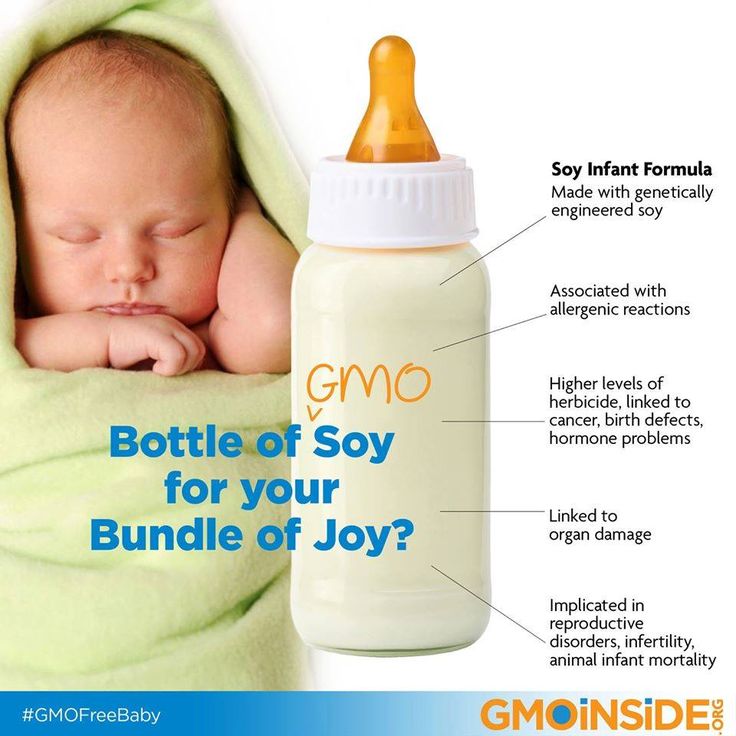 This indicator is very important for this category of children's products. In addition, it is perfect for children suffering from increased gas formation and colic, due to the minimal burden on the digestive system. It does not contain palm oil, but there is a special herbal complex that helps to get rid of constipation and soften the stool. nine0003
This indicator is very important for this category of children's products. In addition, it is perfect for children suffering from increased gas formation and colic, due to the minimal burden on the digestive system. It does not contain palm oil, but there is a special herbal complex that helps to get rid of constipation and soften the stool. nine0003 Values:
CNTS:
If you are forced to switch to artificial feeding, it is not necessary to buy the most expensive formulas. In fact, products that are produced in our country meet all the requirements of quality standards at an affordable cost. Most moms find they are best suited for babies from 12 months, but they are also designed for babies from birth.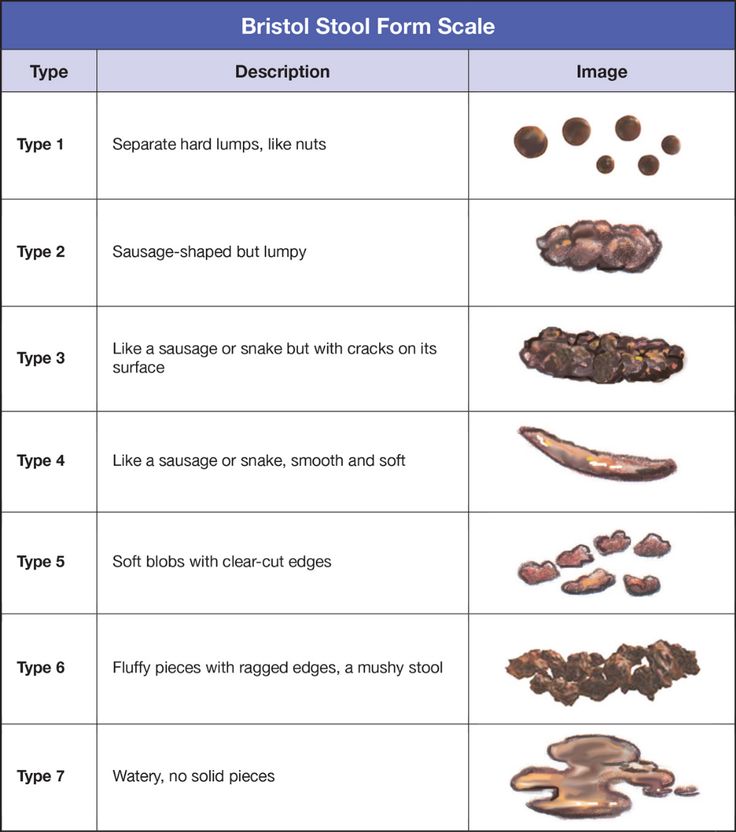 Below we will consider the leaders of children's dairy products that are produced in the country. nine0003
Below we will consider the leaders of children's dairy products that are produced in the country. nine0003
1. Malyutka
One of the most popular brands of Dutch quality baby food produced in Russia. Contains all the necessary vitamins and minerals, prebiotics and fatty acids. Can be given to a healthy full-term baby from birth. And if you are wondering which formula to choose from 6 months, when the transition to the next stage of development occurs, this is one of the best options. According to the reviews of mothers, who at first gave the baby more expensive food, they switch to Baby without difficulty, as the children like its sweetish taste. A great option for those parents who want to save on price, not quality. nine0003
DPCs:
- The optimal ratio of the cost of the product and its quality
- Availability (sold in almost all stores)
- acceptable price
Disadvantages:
- A
A good mixture from a domestic manufacturer at an affordable price.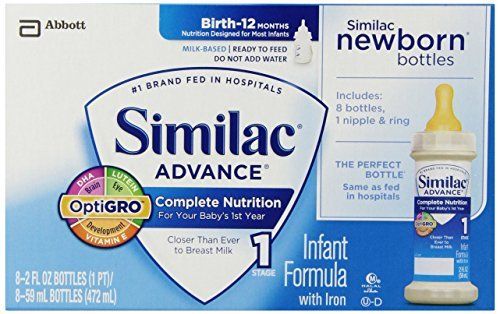 Enriched with all the necessary minerals and vitamins, suitable from the first days for healthy babies born on time. Contains a special vitamin complex designed to strengthen children's immunity and have a beneficial effect on the growth and overall development of the baby. nine0003
Enriched with all the necessary minerals and vitamins, suitable from the first days for healthy babies born on time. Contains a special vitamin complex designed to strengthen children's immunity and have a beneficial effect on the growth and overall development of the baby. nine0003
DPCs:
- Available cost
- Good composition
Disadvantages:
- A
We recommend that an interesting video and what kind of childish mixes are observing and what kind of childish are the most of them quality!
Which infant formula should I choose for my newborn?
With so many brands of baby food on the shelves, choosing a formula for a newborn baby is quite difficult. In order not to make a mistake when making a decision, pay attention to the following criteria:
- general composition
- percentage of lactose (the less, the better)
- percentage of whey milk
- specific features for a particular brand
- recommendations for use (for which category of children it is intended)
since milk nutrition ends very quickly and you need to buy it quite often.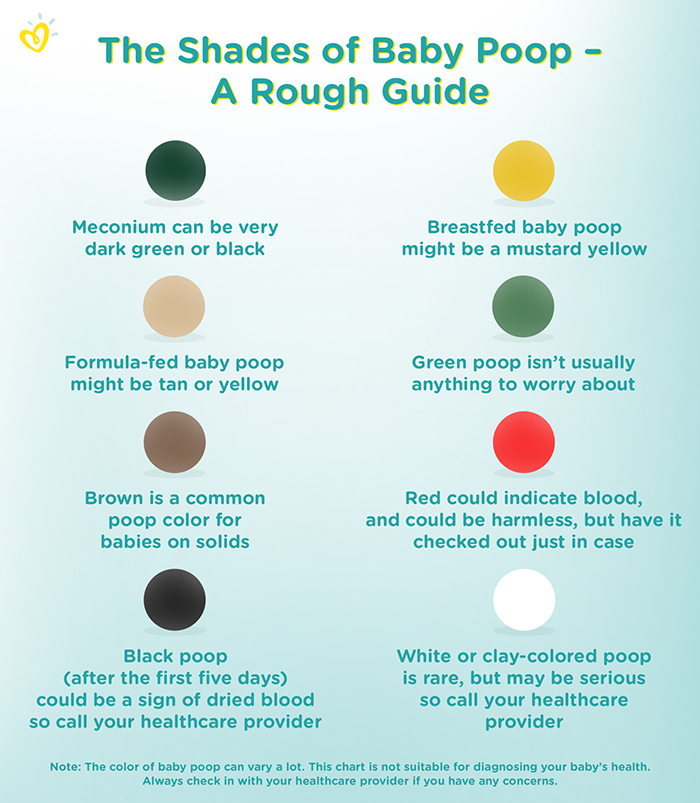 Here you should come to the optimal ratio of price and quality by choosing which milk formula from birth is best for your child and will not hit the family budget too much. But at the same time, you should not overpay for a brand and convenient packaging (mixtures at a budget price in cardboard packaging can easily be stored in ordinary glass jars with a lid). nine0003
Here you should come to the optimal ratio of price and quality by choosing which milk formula from birth is best for your child and will not hit the family budget too much. But at the same time, you should not overpay for a brand and convenient packaging (mixtures at a budget price in cardboard packaging can easily be stored in ordinary glass jars with a lid). nine0003
In addition, be sure to consider when choosing which mixture is best for the development of the child, it is decided exclusively together with the pediatrician, who will give important advice based on the characteristics of the baby's body. Moreover, if the mixture does not fit, do not immediately panic. Despite the general principle of production, all brands of infant formula have their own characteristics, to which the body of a little man must get used, and this takes time. Therefore, everything new should be tried very carefully, introducing the product gradually. The first time you should give the minimum amount of milk, carefully observing the reaction of the child's body.